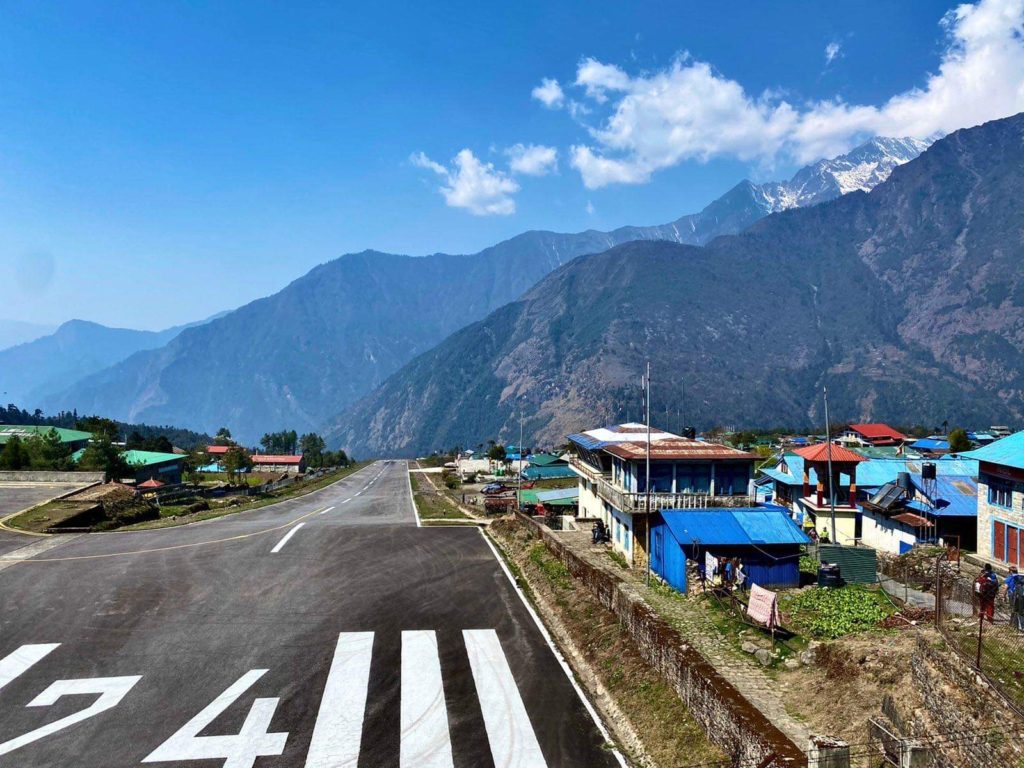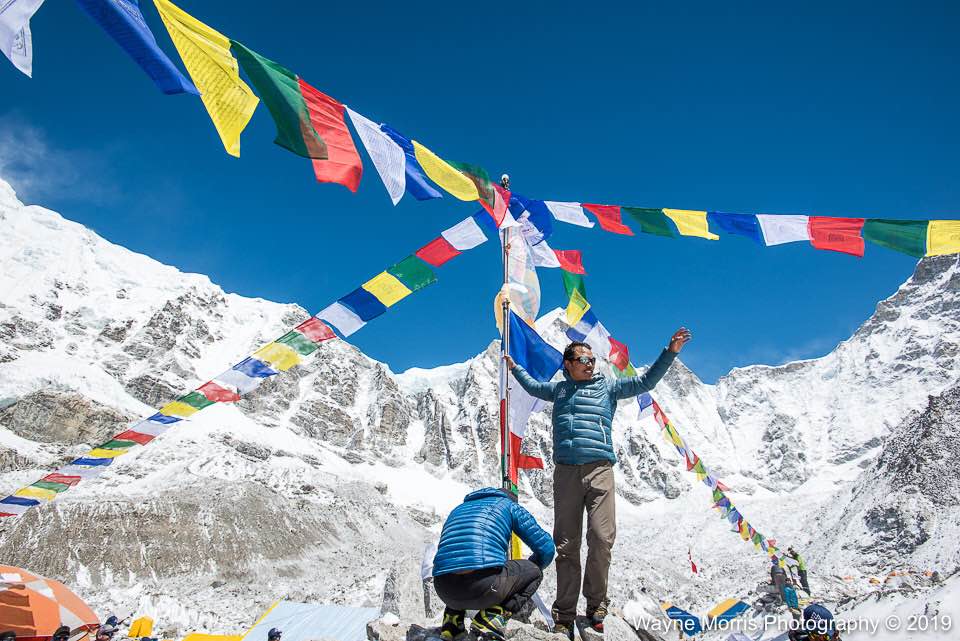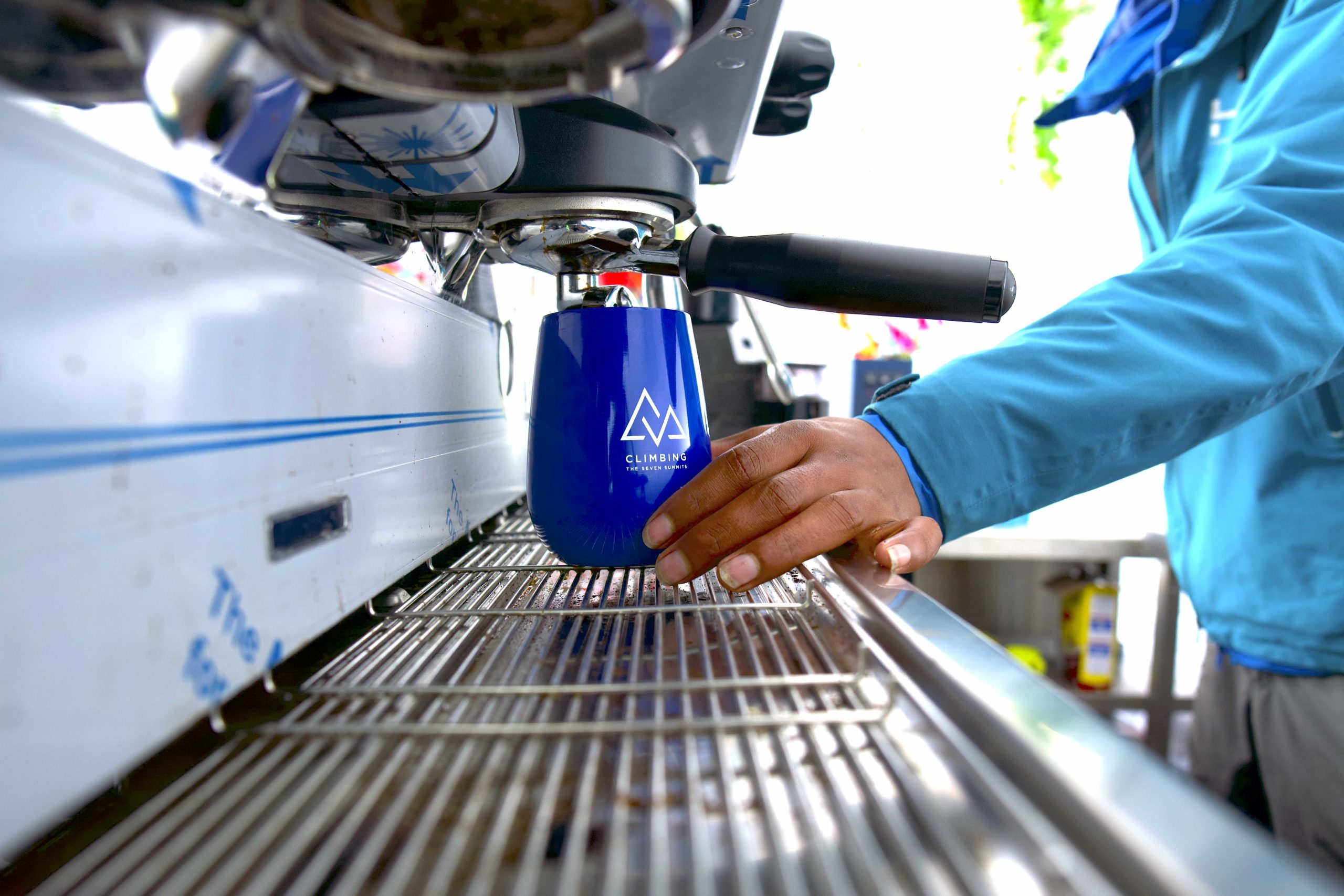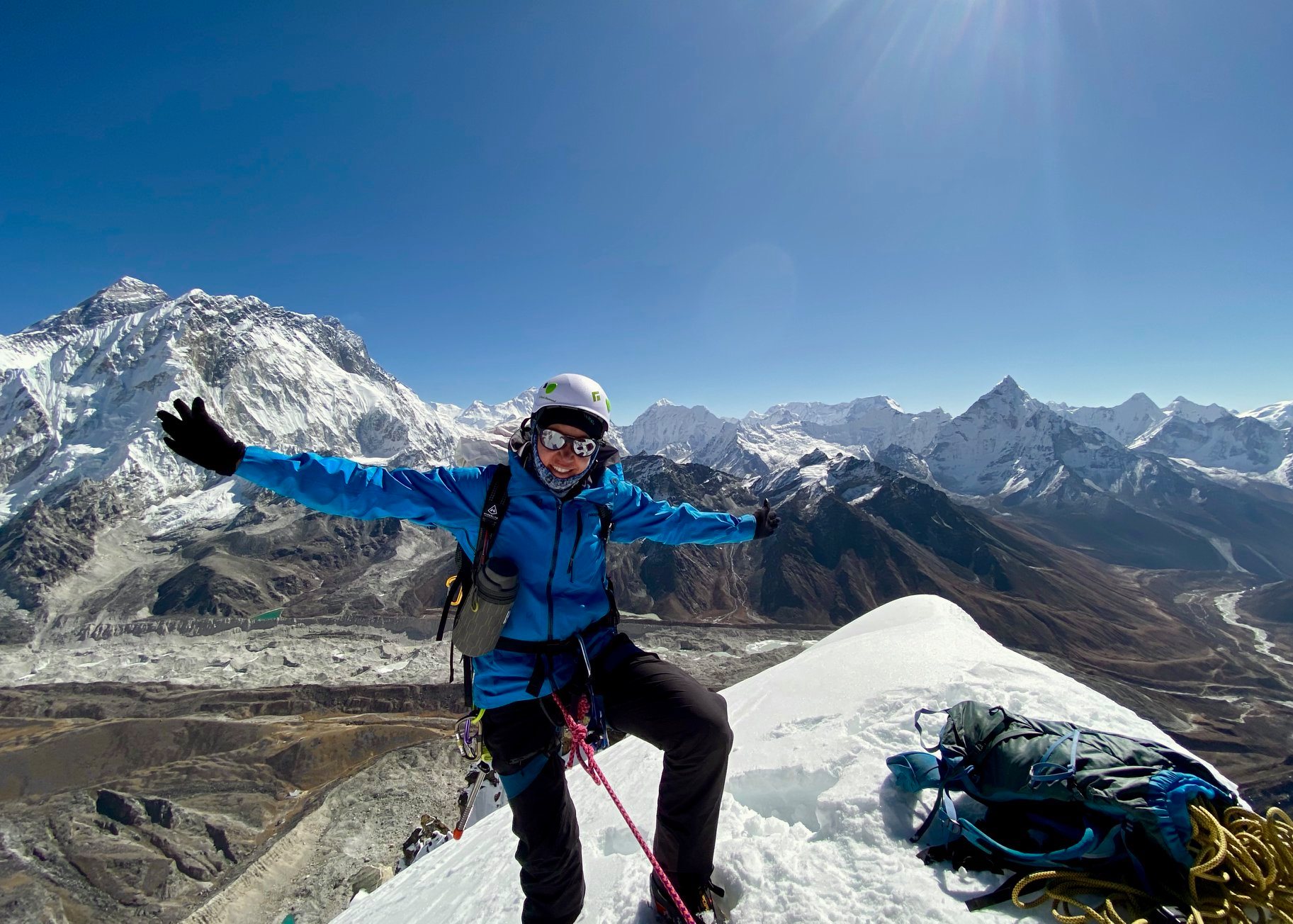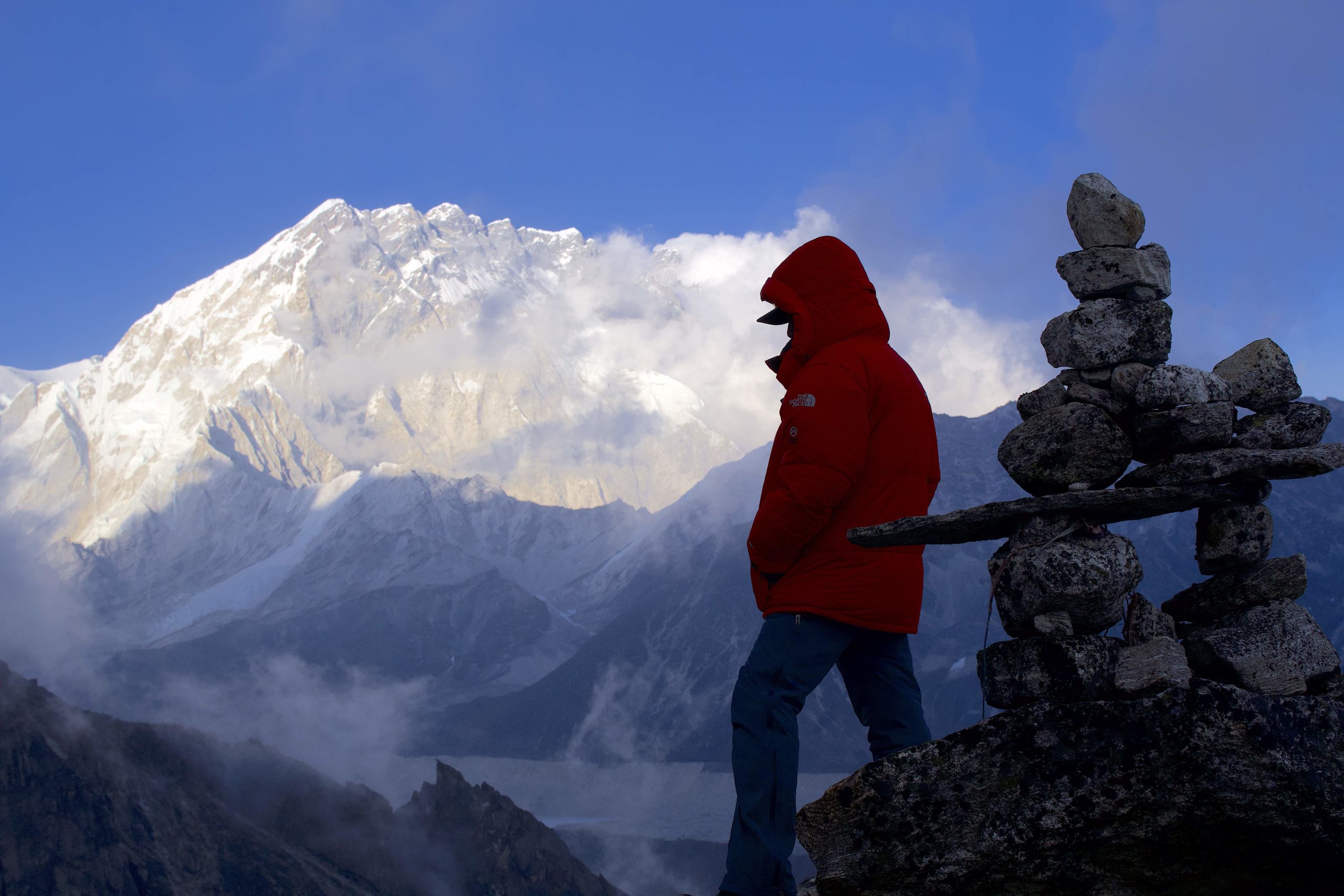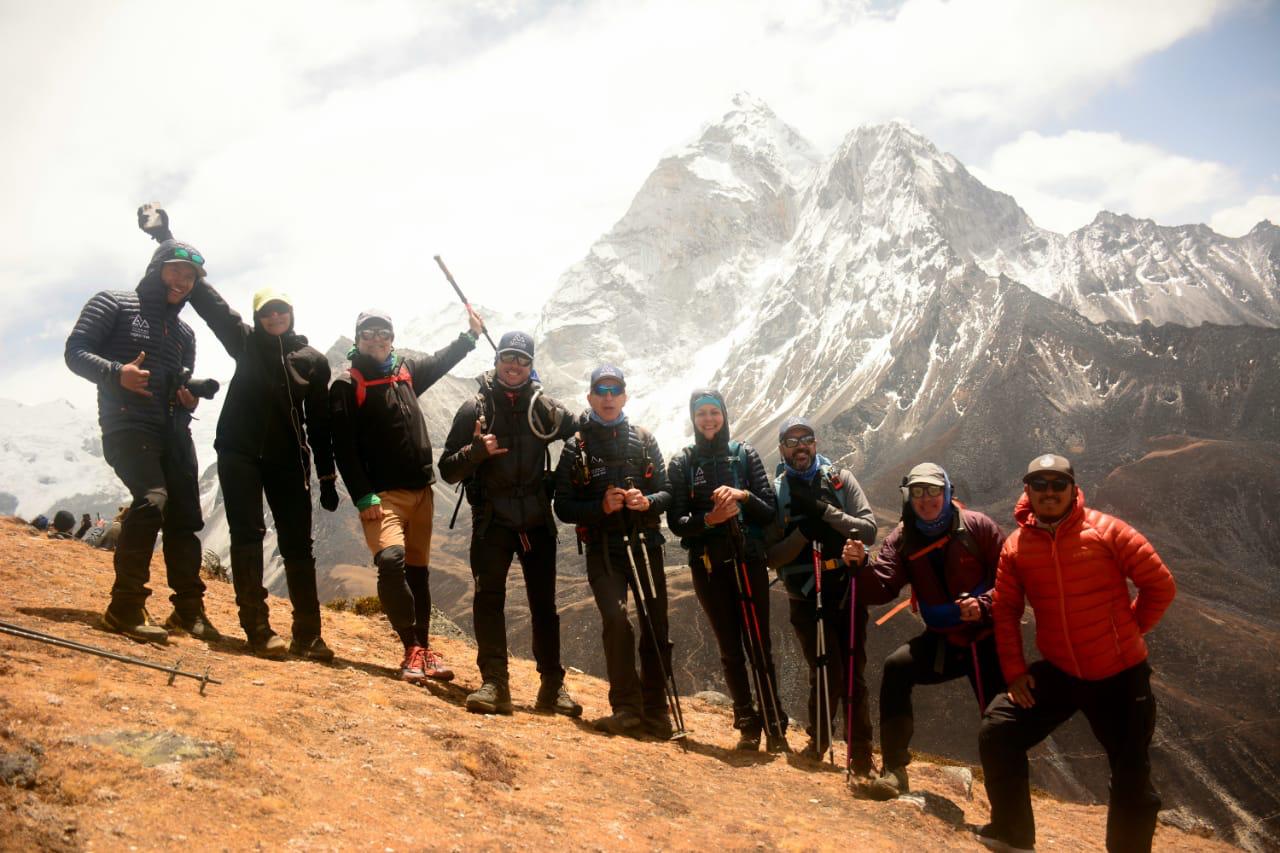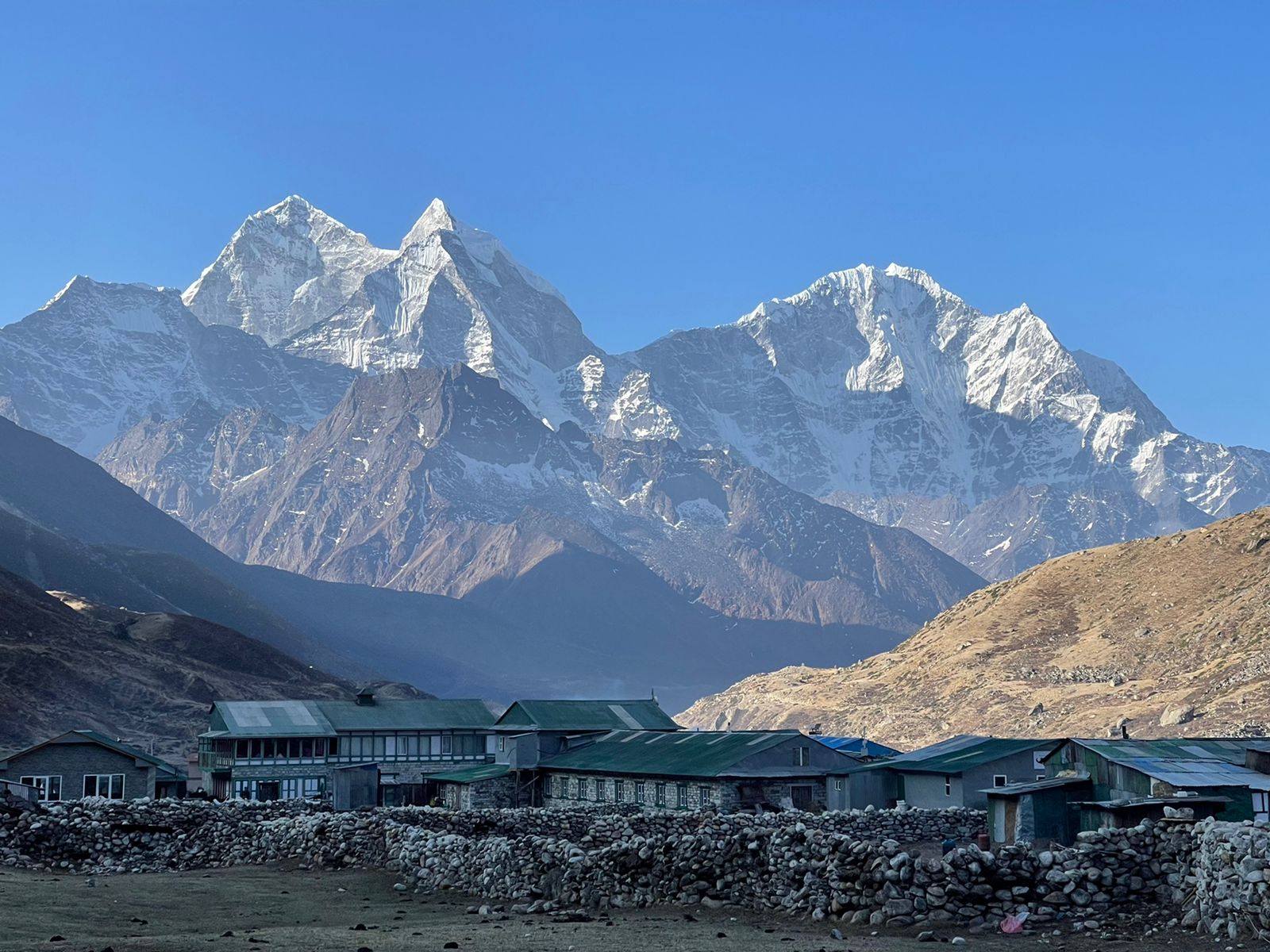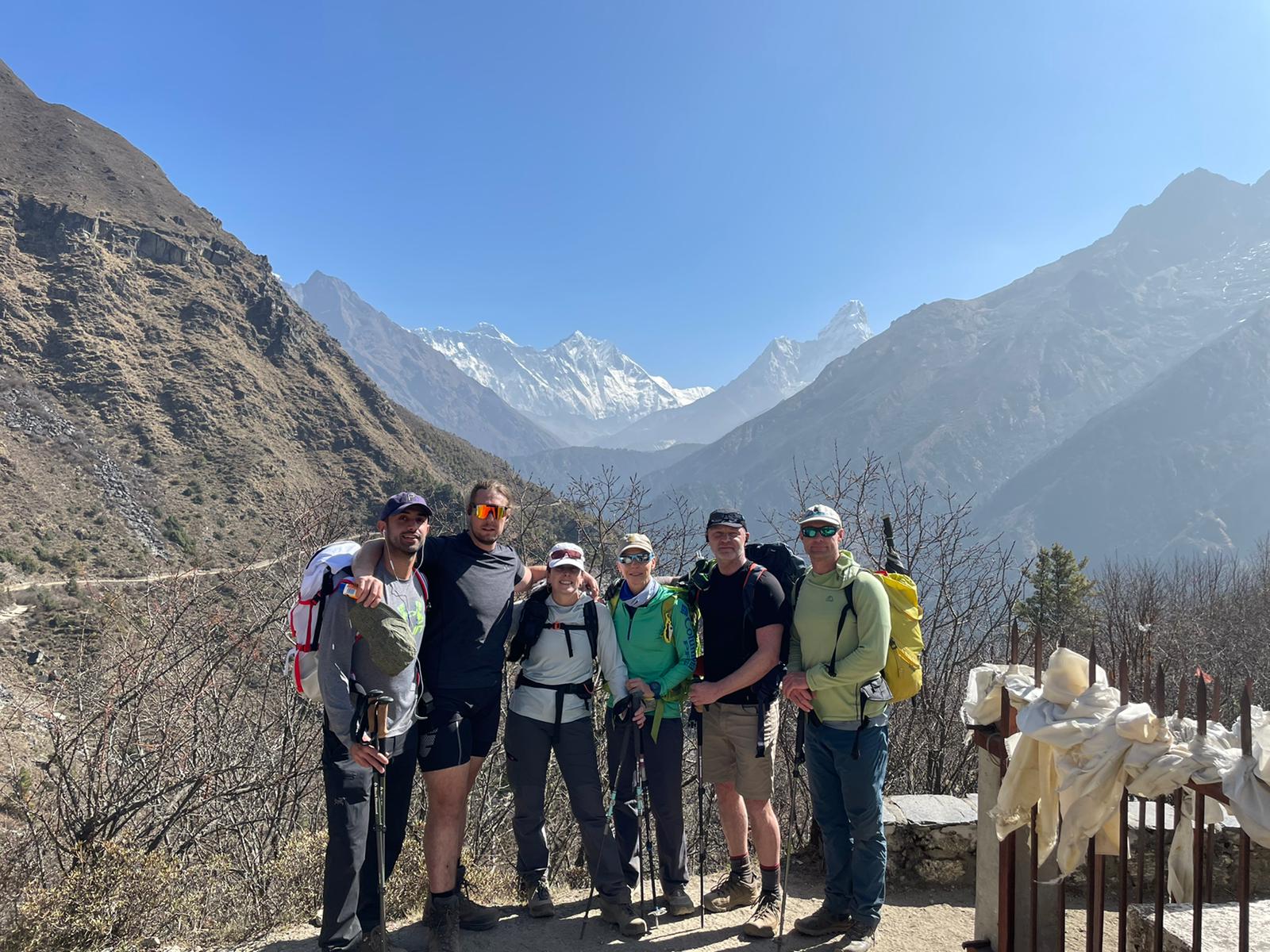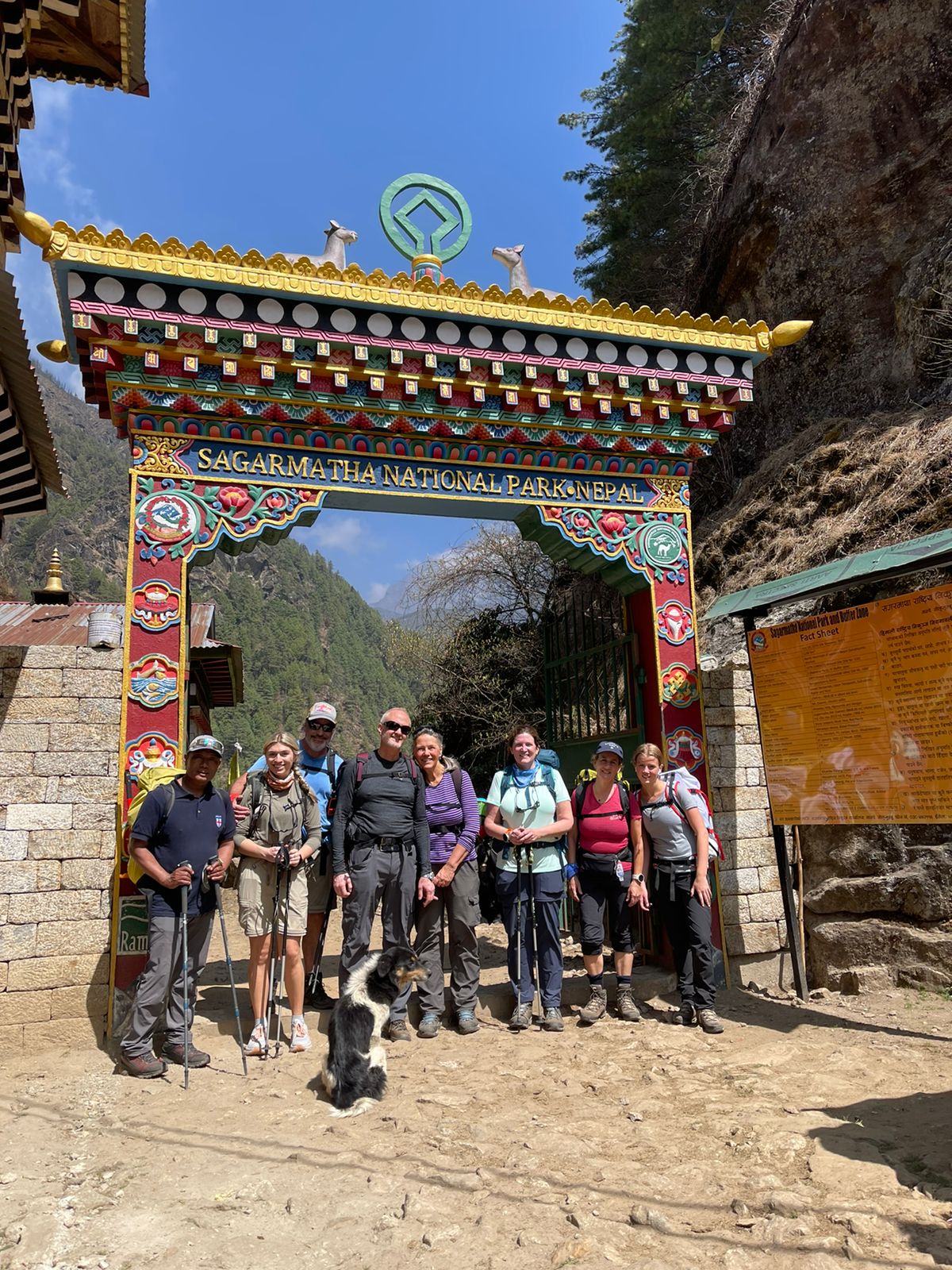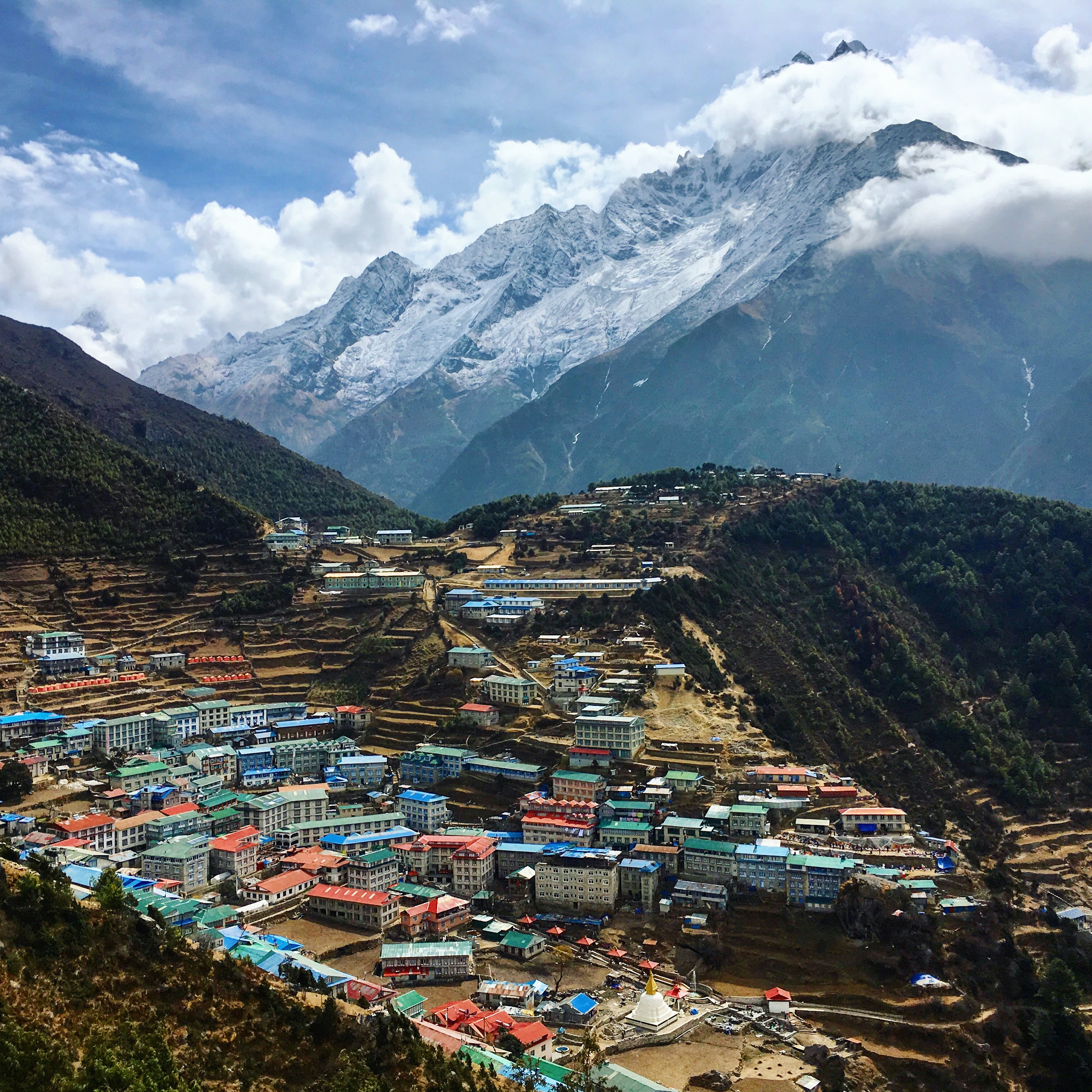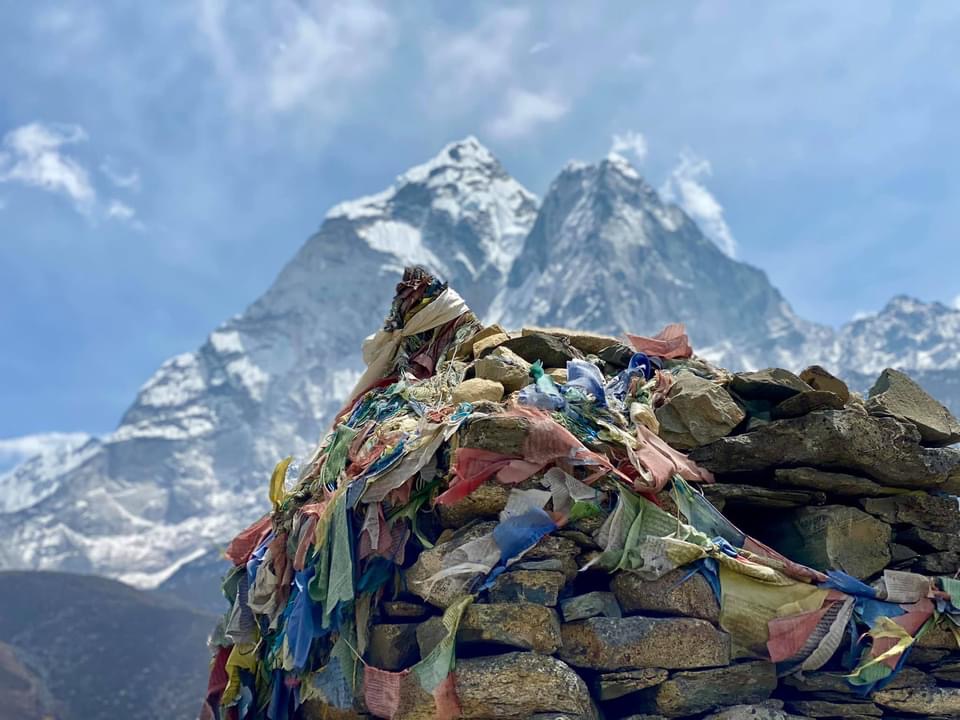Puja & Pokalde
A very auspicious day for us here at Everest base camp with our “Puja” (blessing ceremony) taking place.
A Puja is a Tibetan Buddhist ritual, the purpose of which is to ask the mountain deity for safe passage and of course to celebrate.
Regardless of your religious affiliation, being part of and witnessing a Puja is a wonderful cultural moment and a precious opportunity to be fully present in our common goal and humbled by the mountains that stand before us. It is also a great opportunity for our full team to come together and bond before heading higher.
We concluded with a traditional Sherpa dance, locking arms and forming a semi circle in front of the Puja alter. We ‘Mikaru’ (or ‘foreigner’ which roughly translates to ‘white eyes’) tried to emulate the Sherpa as best we could!
The culmination of the ceremony is raising the Puja pole in the centre of the alter and stringing prayer flags over our camp, building a zone of protection for the team. When the flags blow in the wind it is thought by the Sherpa that they send out prayers. This has become a common part of any Everest and Lhotse expedition and the Sherpa, who draw no distinction between their daily lives and their Tibetan Buddhism, appreciate and welcome us in this ritual.
With the Puja complete we are now ready to begin our climbing on Everest/Lhotse in earnest.
Tthe teams spent the rest of the day acclimatizing, training in the lower Khumbu icefall and have become preparing and packing for our second high altitude rotation (our first was our Lobuche climb, and this one will be our first on Everest)
Meanwhile, our 3 Peaks Climbers bid EBC farewell as they now split off and head off to tackle their next objective Pokalde and our trekkers are heading off to Gokyo, first stop JongLha.
Cheers
CTSS Team
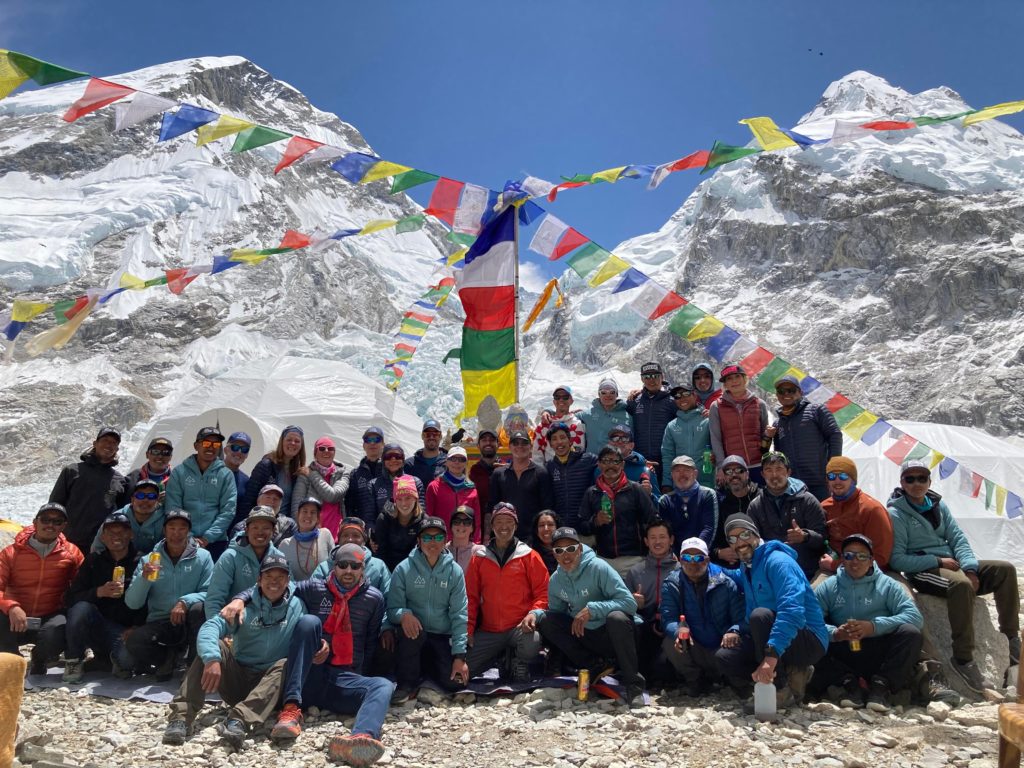

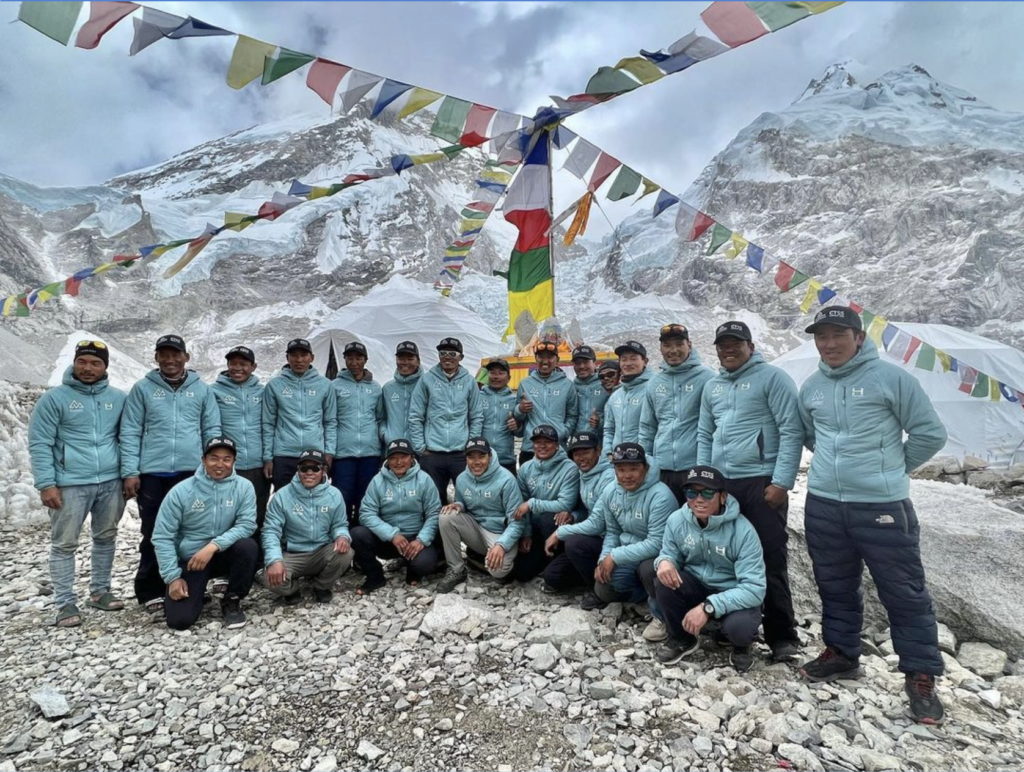
Waving goodbye to Lobuche
Our last wave of climbers summited Lobuche this morning and are all safely back to Lobuche Base Camp. Our pre-aclimated Speed Ascent climbers who flew into Pheriche will make their ascent tomorrow morning and then we will pack down our Lobuche Base Camps and High Camps for the season. Congratulations to everyone for such a fantastic, safe, successful and strong effort on Lobuche.
Meanwhile up at Everest Base Camp, our Western Guided Team Climbers took a rest day today and did some light training as they look toward starting their first rotation in coming days.
&
Our Private Guided Climbers enjoyed their first full day settling into their new home. Their warm welcome to camp started with Chef Jensen preparing a hearty, delicious breakfast of French Toast and braised peaches with a salted caramel sauce followed by cappuccinos (care of barista Cena Lama) and fresh, warm brownies in the Big House. A pretty good start and a good energy load this morning!
Over the next few days the teams will prepare for their rotations to begin and we will wave farewell to our trekkers as they head over to Gokyo and back down valley.
Our 3 Peaks team will also split off to climb Pokalde and Island Peak.
Everything moving smoothly up high in the Himalaya.
CTSS Team



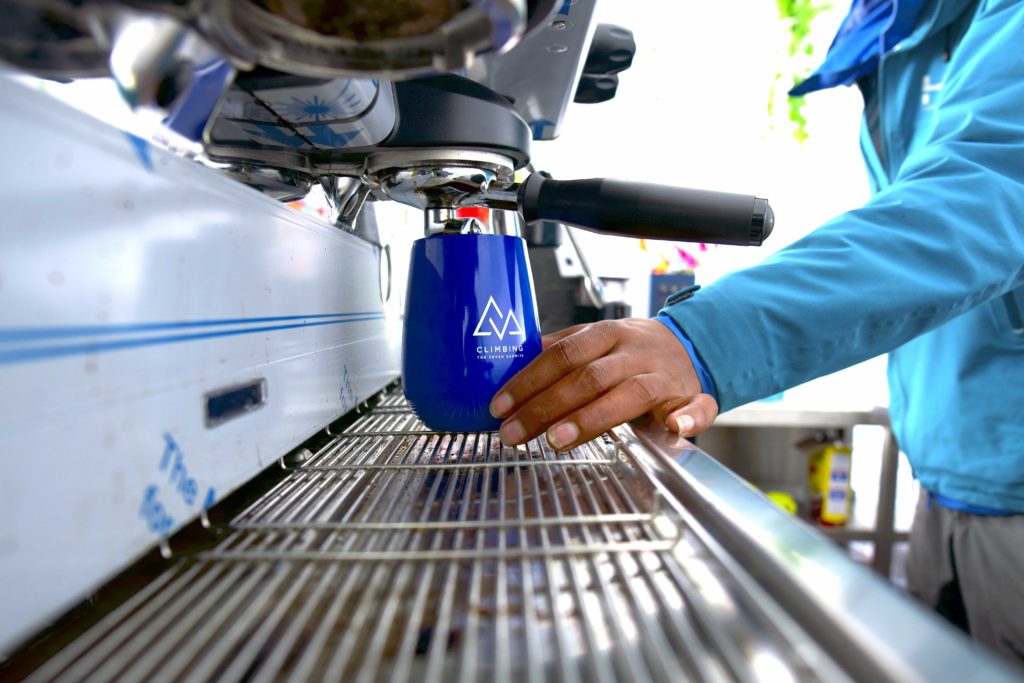
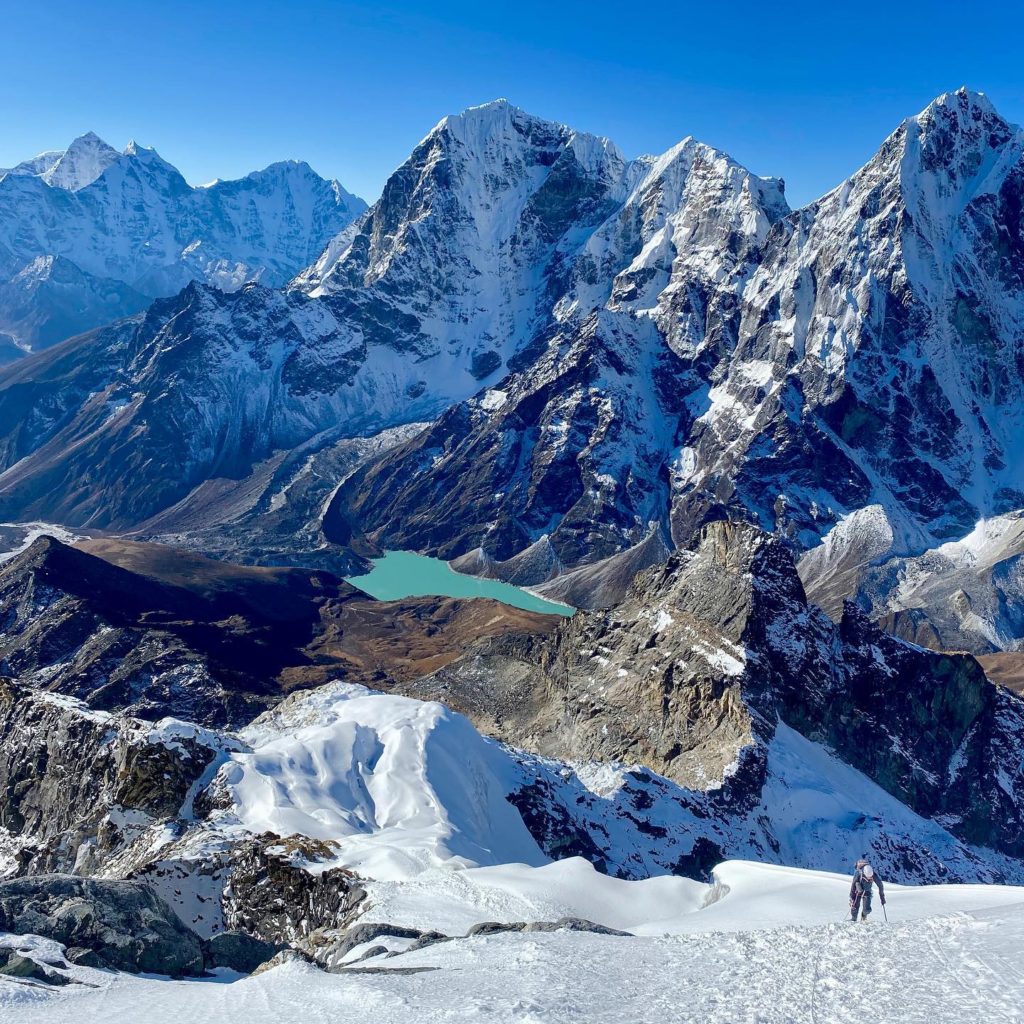
More Summits & Home Sweet Home at EBC
News just in from Expedition Leader Mike Hamill from our teams in the Khumbu.
Congratulations to our climbers who set off on their summit bid of Lobuche this morning with everyone on top. Girish, Laurie, Jane & Gabby! Nice work! Meanwhile Jessica and Kami continued on their planned private schedule kicking goals with their training. The whole team back together now and have just pulled back into Lobuche Base Camp where they'll enjoy a well deserved rest tonight before heading into Everest Base Camp tomorrow.
Our third wave (Everest/Lhotse/3 Peaks & Lobuche climbers) have now moved up from Lobuche Base Camp tonight and have settled into High Camp. Tomorrow they will do some more training drills and a short acclimatization climb above High Camp before preparing for their summit bid the following day.
Our Western Guided Team are rolling into Everest Base Camp now - home away from home for the next six weeks! They'll unpack and start getting settled. Baristas are on Cappucino duty in the Big House Dome while Chef Jensen gets dinner rolling.
All is well with the CTSS teams in the Himalaya!
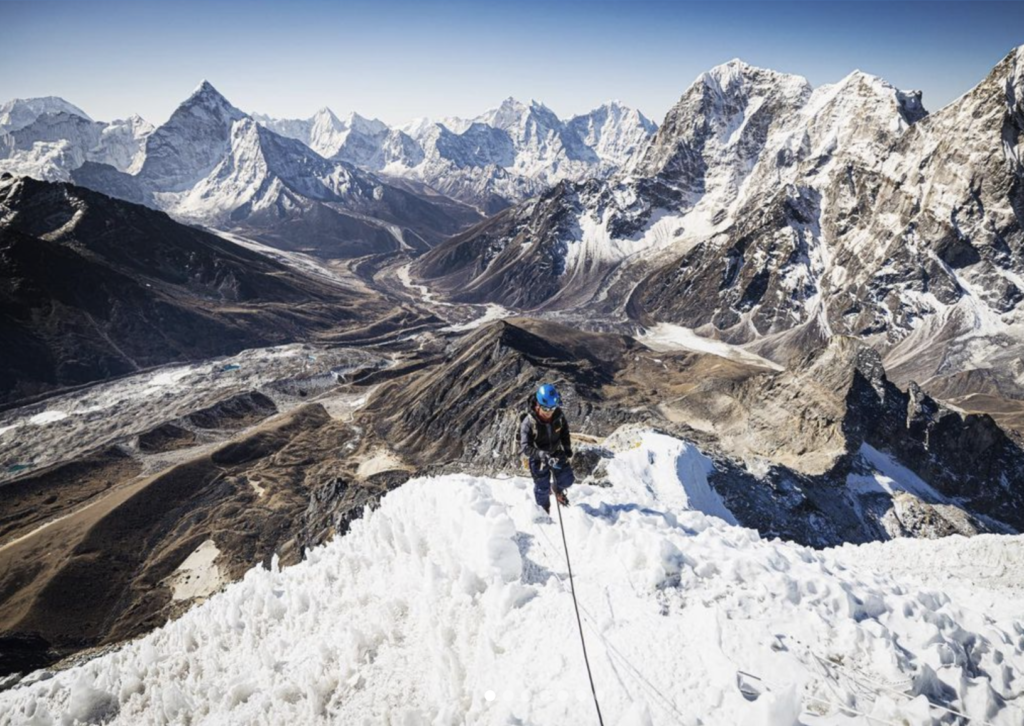


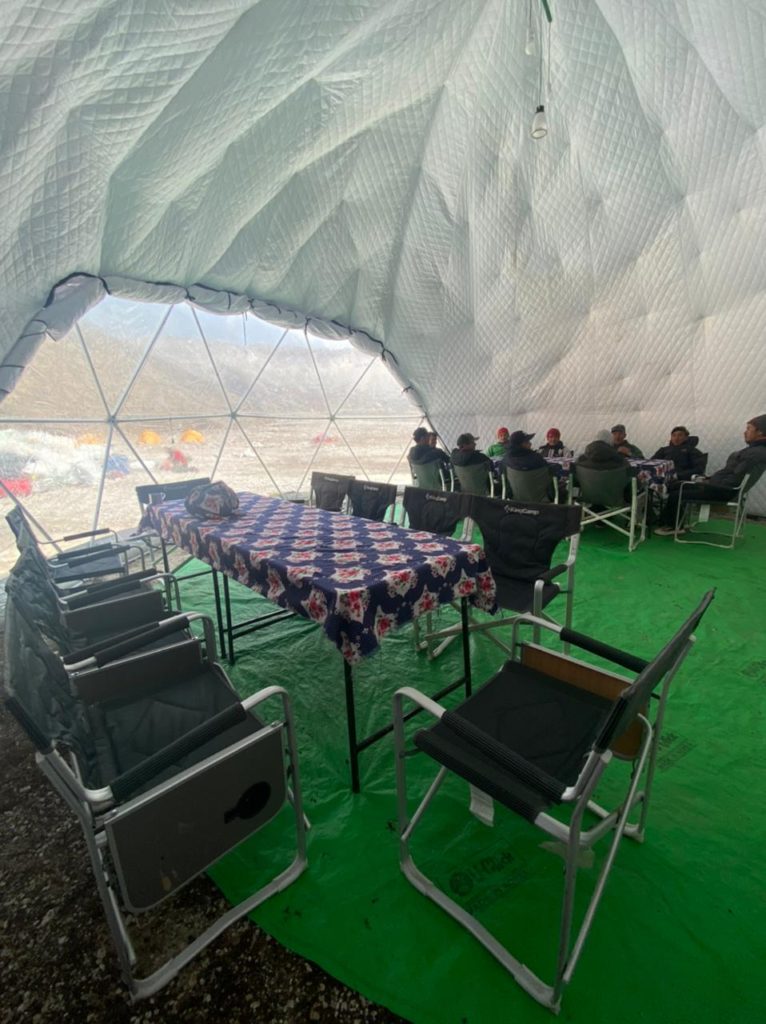
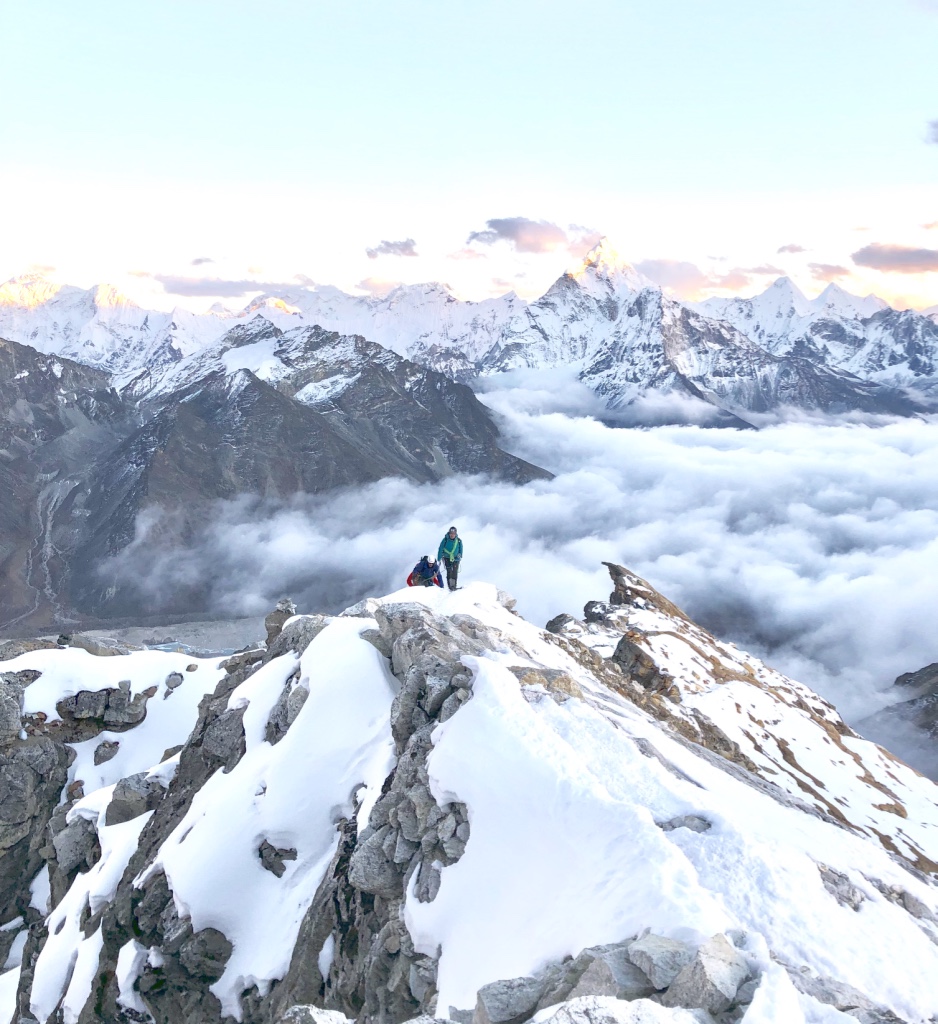

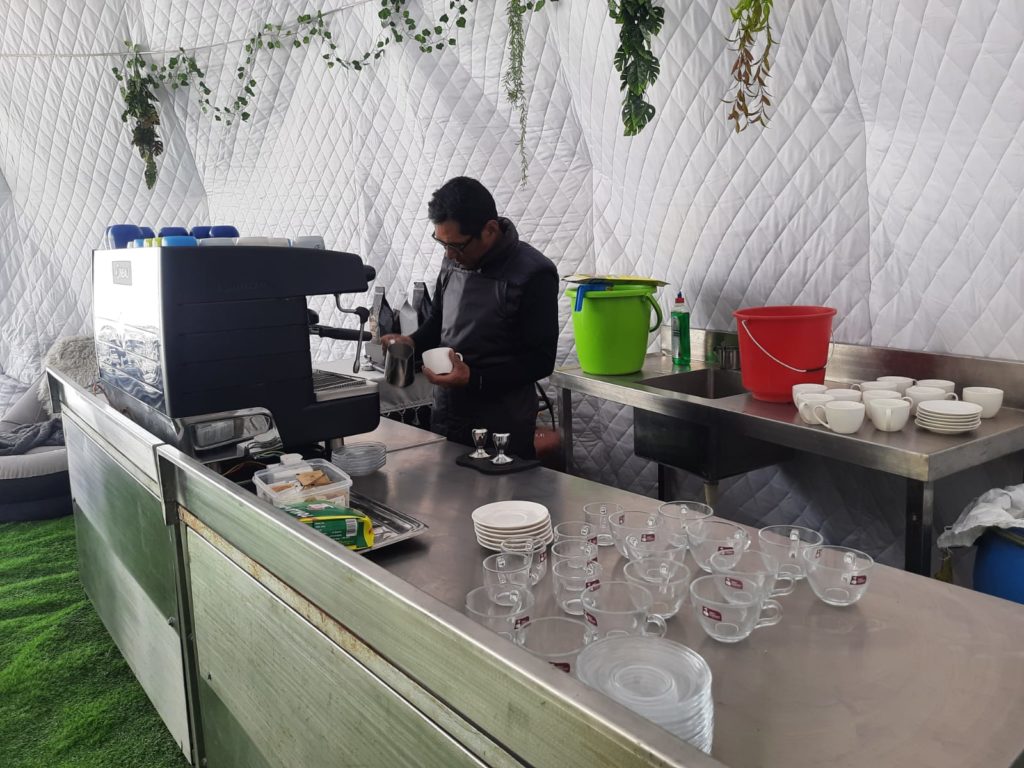
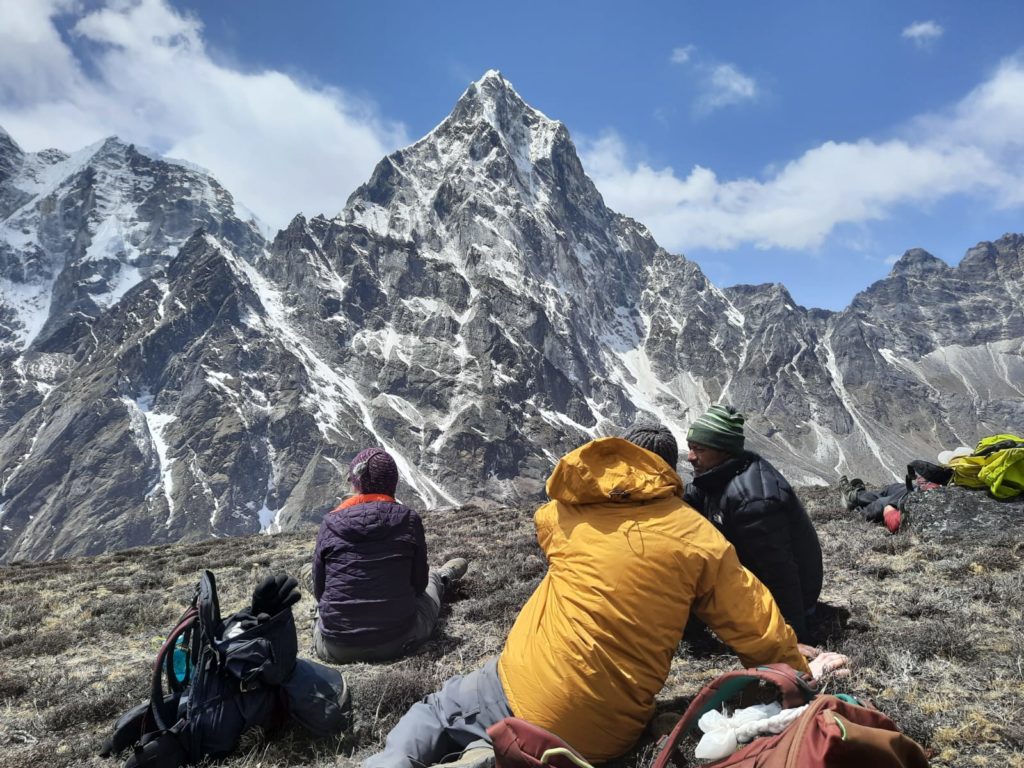
Summits on Lobuche,
Plenty of action from our teams in Nepal today.
Congratulations to our Western Guided Team headed up by Casey Grom who summited Lobuche today and are currently descending safely back to Lobuche Base Camp before they hike into Everest Base Camp tomorrow.
Well done;
Ms Lara Daniel
Mr Sean Cope
Mr Inder Takhar
Ms Stephanie Miller
Our Private Teams are positioning themselves and preparing now for their Lobuche summit bid, they'll have an alpine start tonight with hopes of summiting early morning tomorrow Nepal local time.
Our first Everest Base Camp trek team (Matt & Madeline B, Peter & Zofia H & Christine H) have trekked into Base Camp today.
Finally our third wave, including our Everest/ Lhotse climbers, 3 Peaks and Lobuche Climbers have done their training clinic at Lobuche Base Camp to freshen up their technical skills and carried up to Lobuche High Camp on an acclimatisation climb. They are currently at Lobuche Base Camp and are on schedule to move up to High Camp tomorrow and ready themselves for their summit bid in coming days.
All is well on the ground in Nepal and everyone is having a great time. With the teams out of wifi range, we are including some historic photos to give you an idea of where they are.
Cheers
CTSS Team
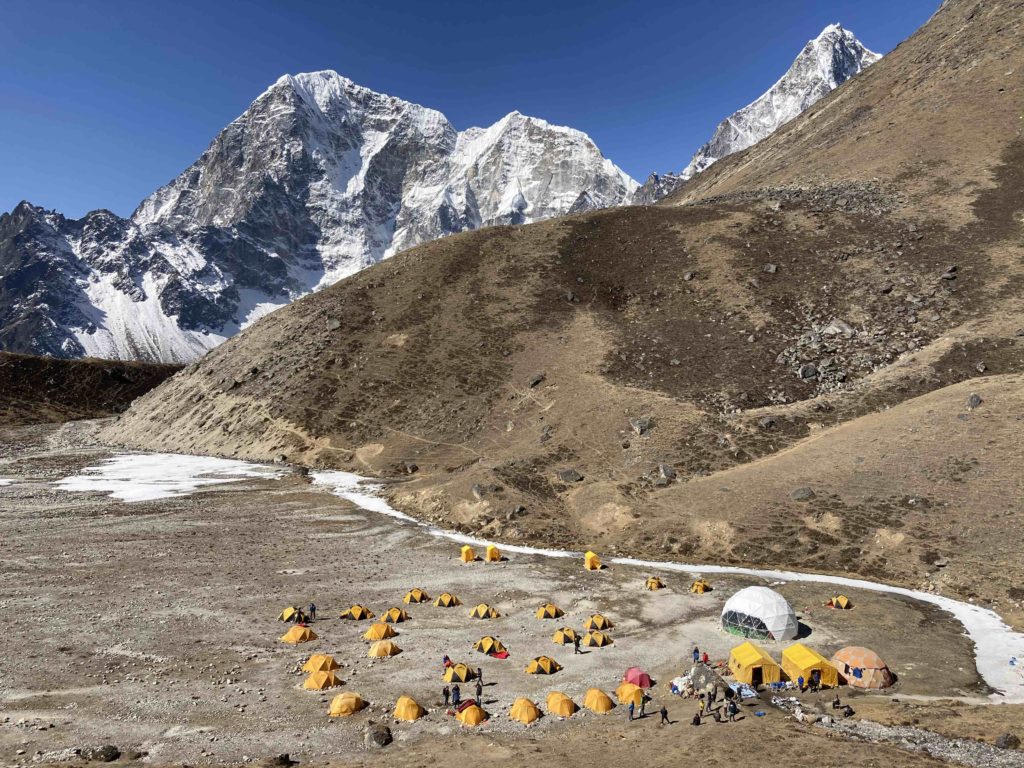
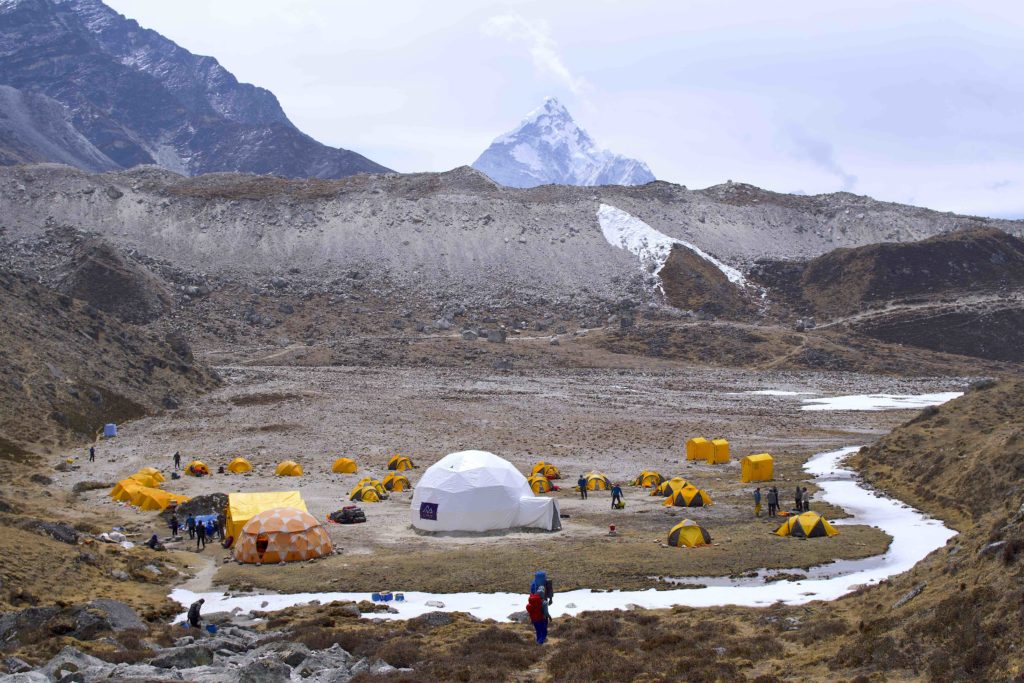

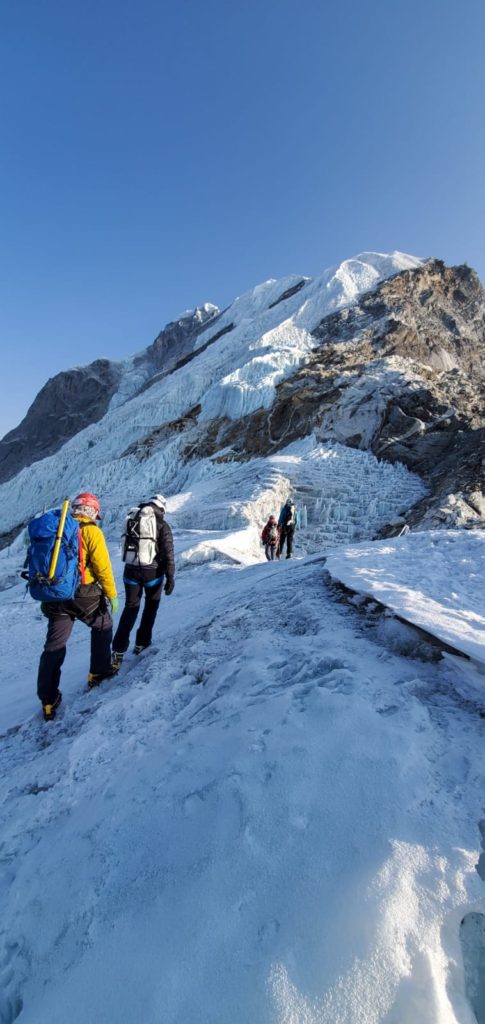

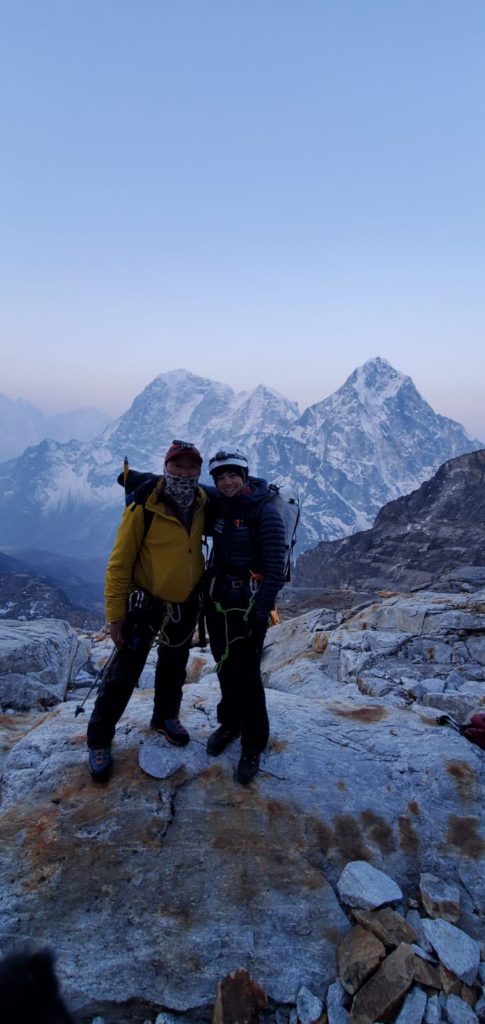
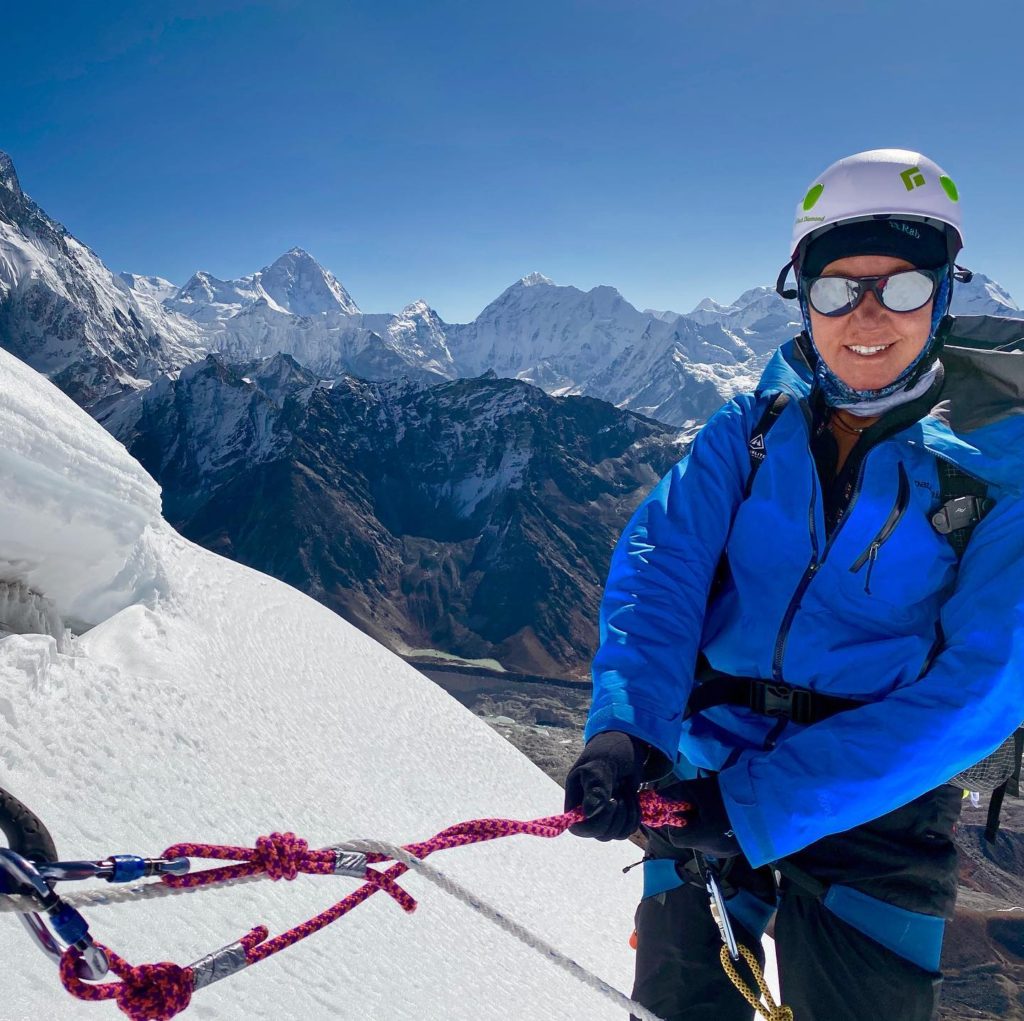
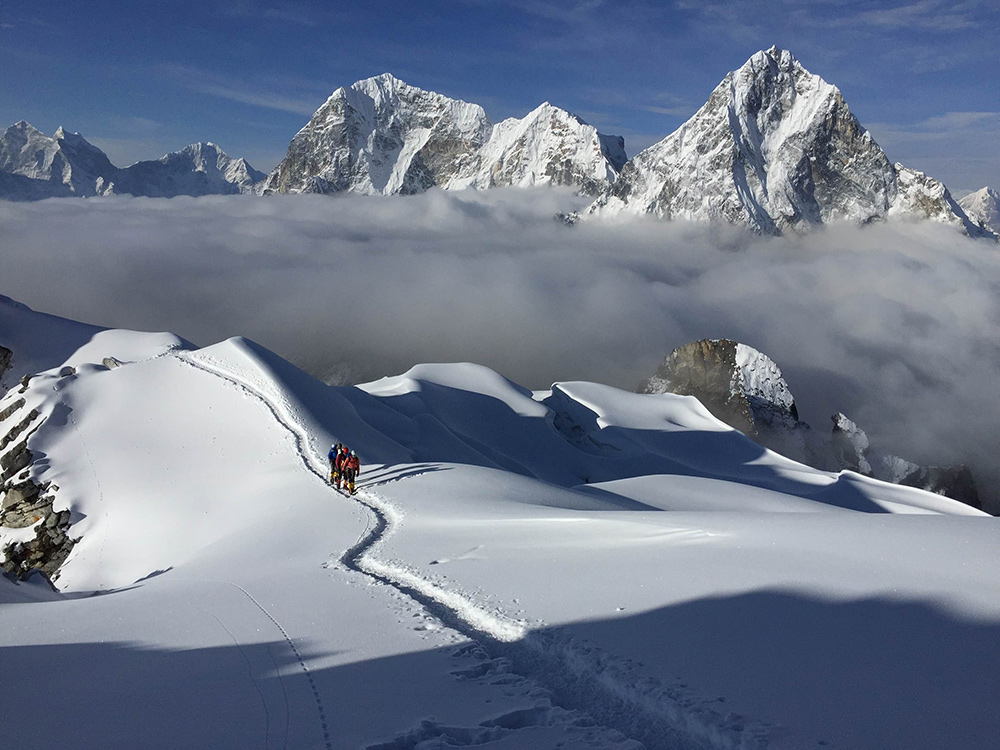
CTSS Teams Closing in on Lobuche
All three waves of the 2022 CTSS Everest Expedition are high in the Khumbu valley by now, let's check in!
Our Western Guided Team moved into Lobuche high camp today putting them in place for a solid summit bid. Tomorrow's plan is for a rest and acclimatization day before waking early the next morning and starting out for the summit.
The Private Guided Teams as well as a number of our Trekkers moved into Lobuche Basecamp yesterday and are spending today resting, acclimatizing and getting the first rounds of rope training in. Over the next few days they too will work their way up to Lobuche High Camp and on to a summit bid.
Our big 3rd wave team including our EBC Trekkers, 3 peaks team, Sherpa guided climbers, Lhotse team and Everest C2/C3 climbers hiked from Tengboche to Pheriche yesterday and took a solid rest day in Pheriche today. To assist in acclimatization today's main event was a light day hike above Pheriche with views of Ama Dablam, the south face of Cho Oyu and many other dramatic peaks. Tomorrow the team will move up to Lobuche Basecamp and, for the first time since Kathmandu, all 3 teams will be in more or less the same place.
The human body is incredibly adaptable, but it does take time to adjust. Our teams are following an itinerary honed over years of experience to balance the rest each person's body needs with the inevitable drive to hike further, ascend higher and see whats around the next corner.
In the end, the rest days are often some of your best memories. Time to ponder over breathtaking mountains, card games, and good conversation are all part of taking a climb prudently slow and really living into the expedition.
Cheers,
CTSS Team
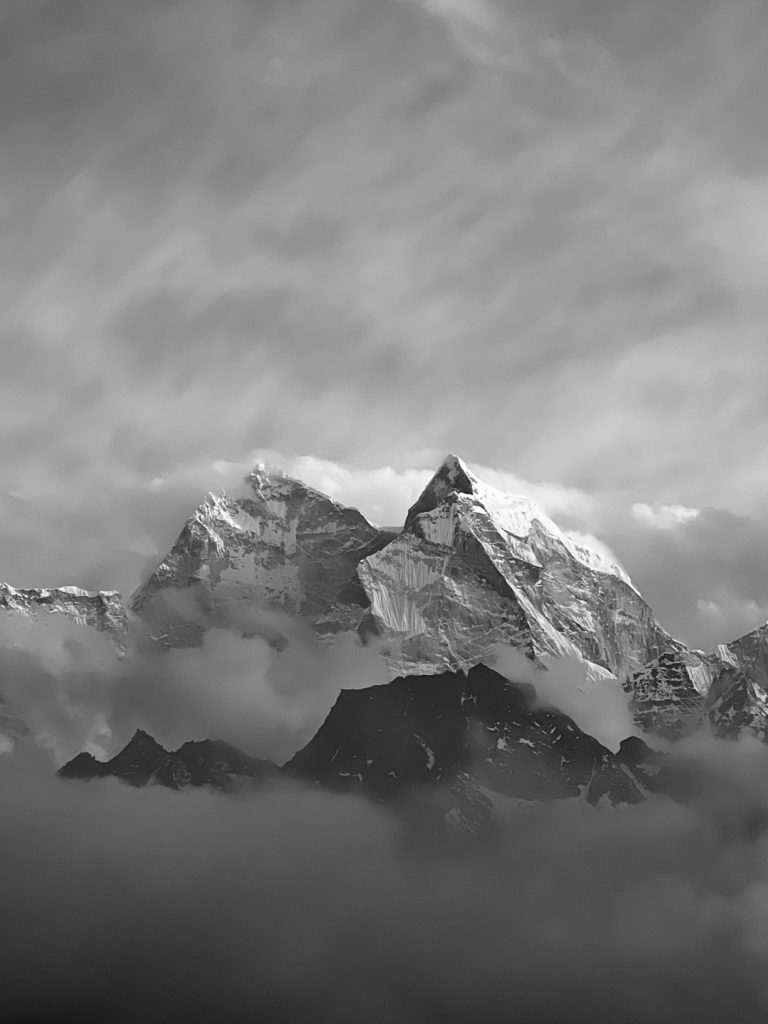
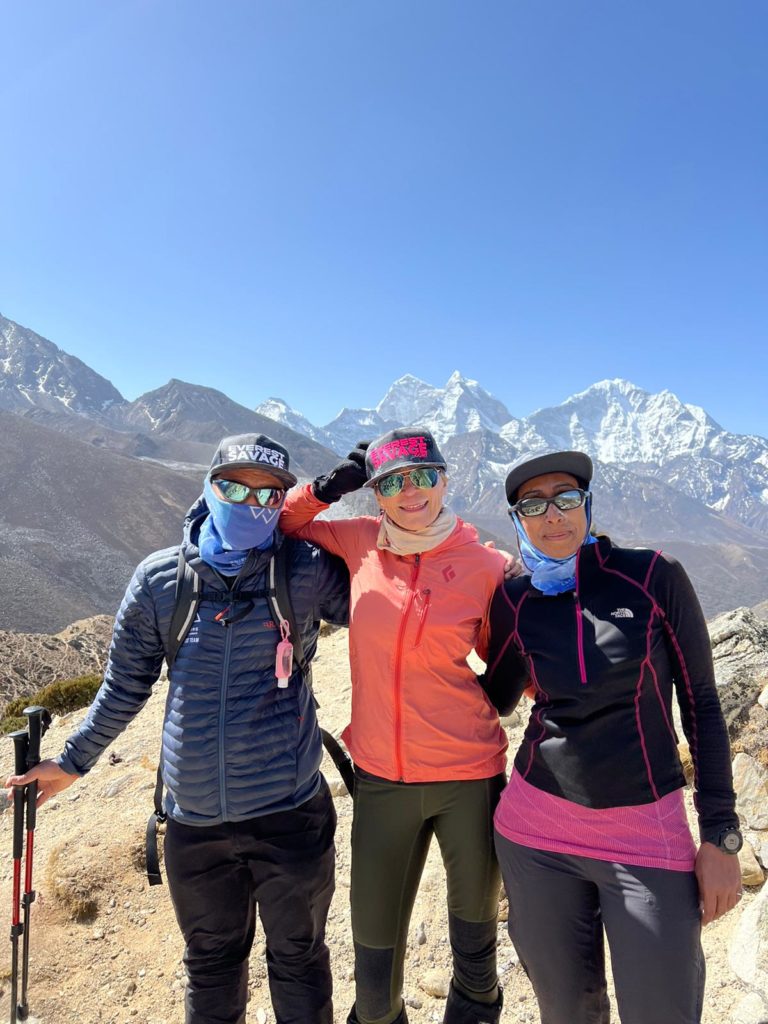

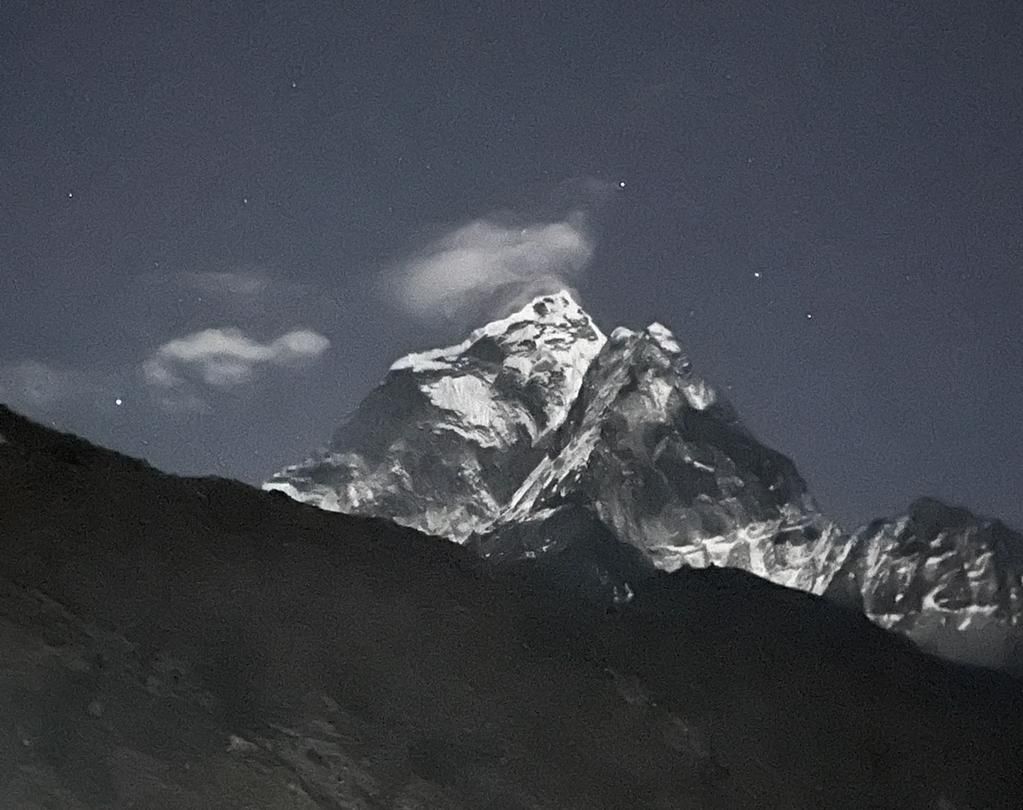
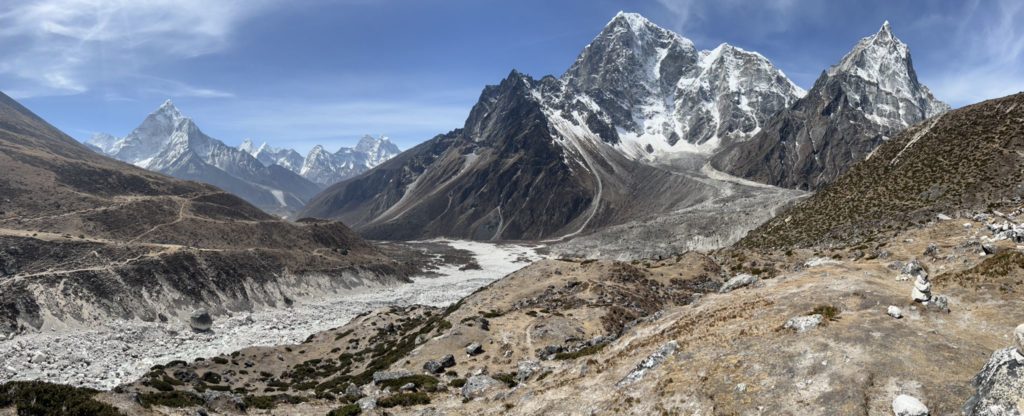
... Lobuche BC, Pheriche, and Tengboche...
CTSS Teams are making great progress trekking up the Khumbu Valley.
Western Guided Teams have moved from Periche into Lobuche Basecamp (LBC). They'll spend the next few days moving to Lobuche High Camp, acclimatizing and finally making their summit bid on Lobuche before descending back to LBC and continuing their trek into Everest Basecamp (EBC). Wifi availability is very limited in LBC and above, so we look forward to getting photos from the team after their climb.
CTSS Private Teams as well as some of our trekkers moved up to Pheriche yesterday. Today the plan is to hike up to a nearby viewpoint at 4800 meters for an acclimatization hike. Soon they'll be moving up to Lobuche Basecamp as well.
Our big 3rd wave team Including our EBC Trekkers, 3 Peaks team, Sherpa guided climbers, Lhotse team, and Everest C2/C3 climbers is acclimatizing in Tengboche with a visit to the famous Tengboche Monastery.
Everyone is doing well and, aside from a few light altitude headaches, the team is in fine shape to keep working upwards towards Everest Basecamp. Weather has cooperated and they're taking in some of the most dramatic landscapes anywhere in the world.
All is well in the Khumbu Valley!
Cheers,
CTSS Team
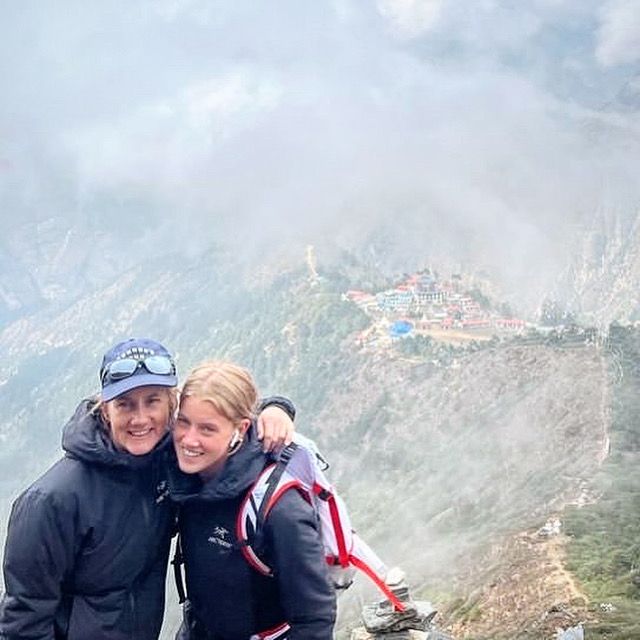
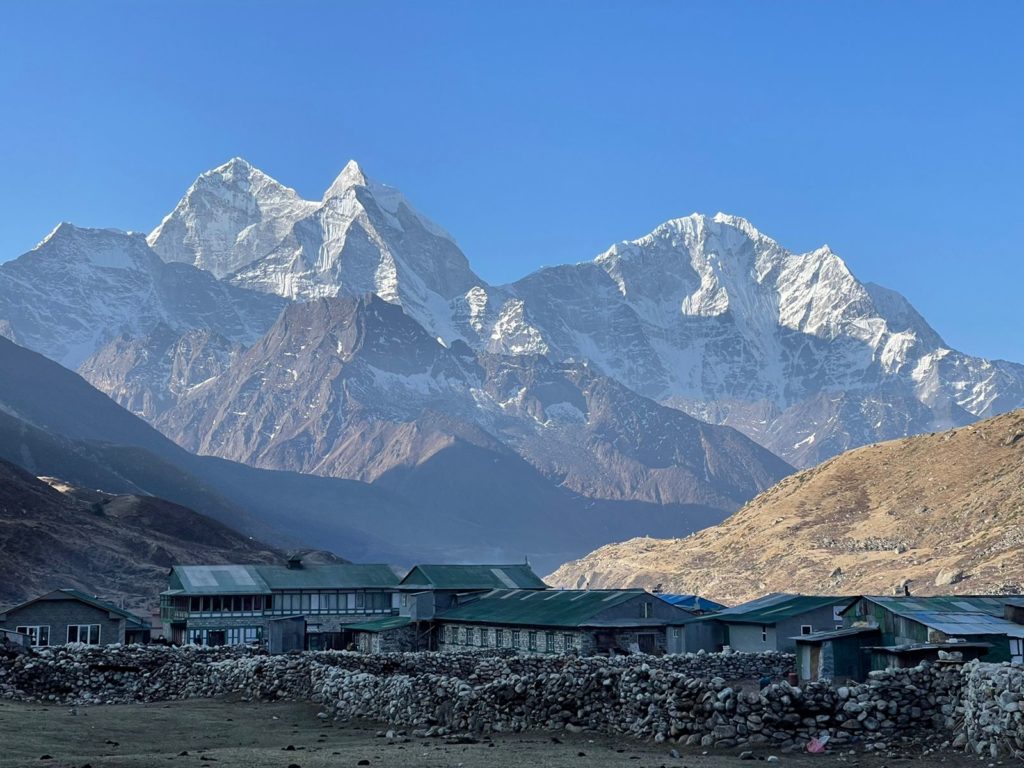
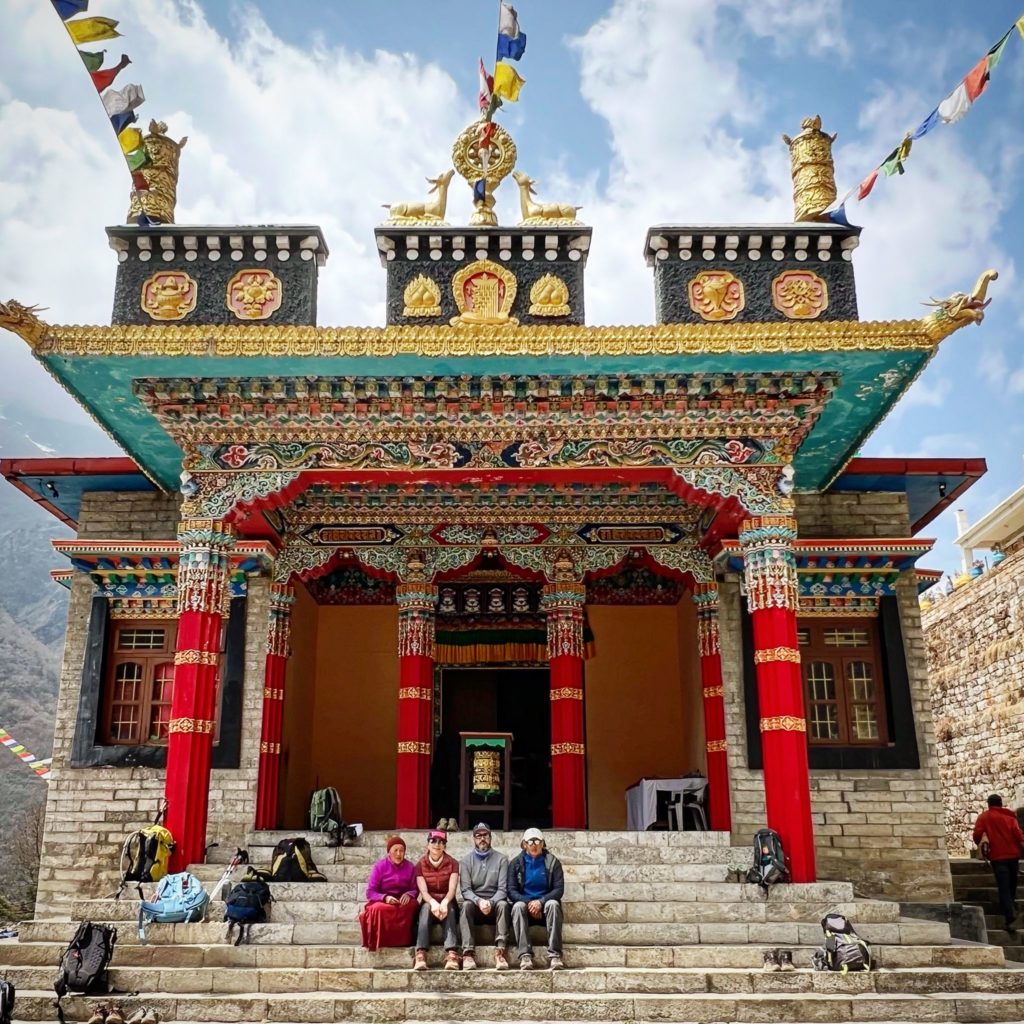
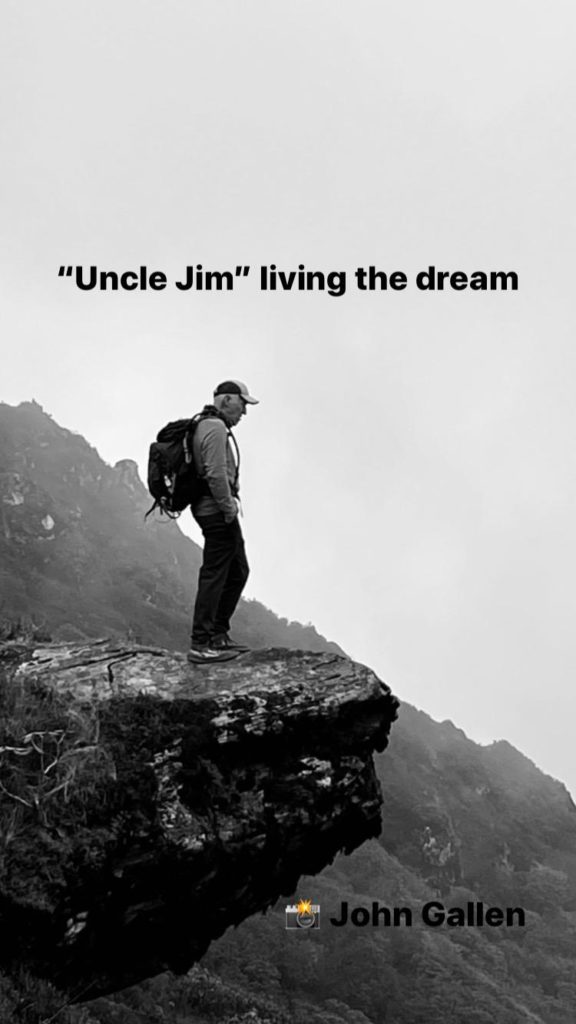
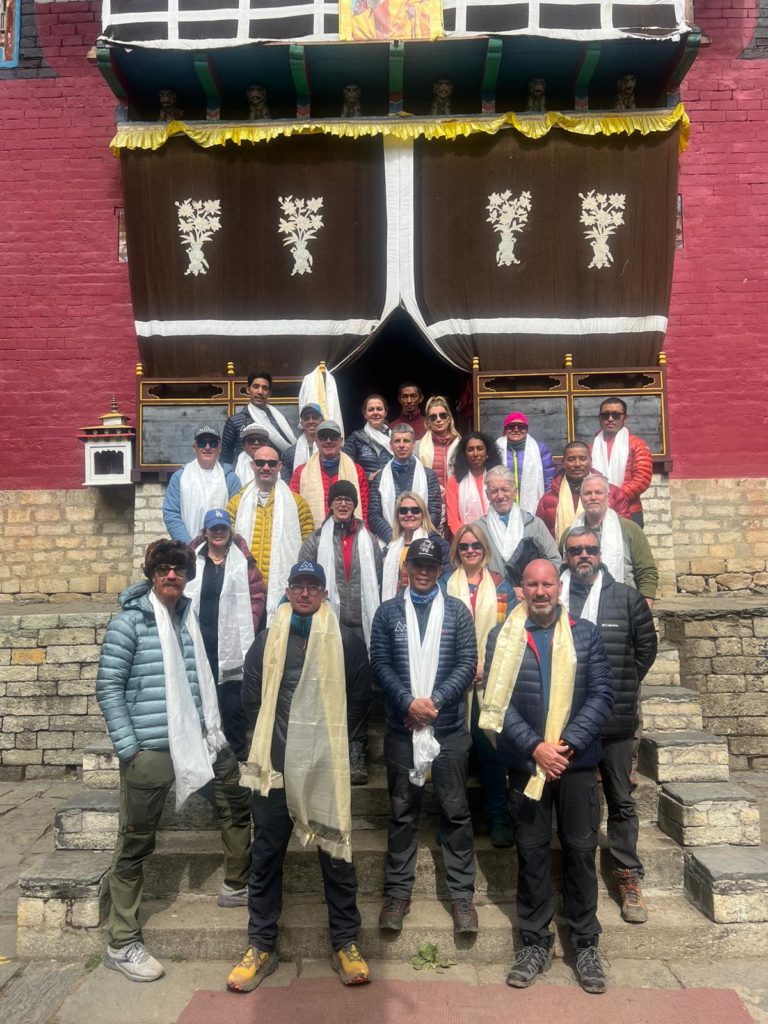
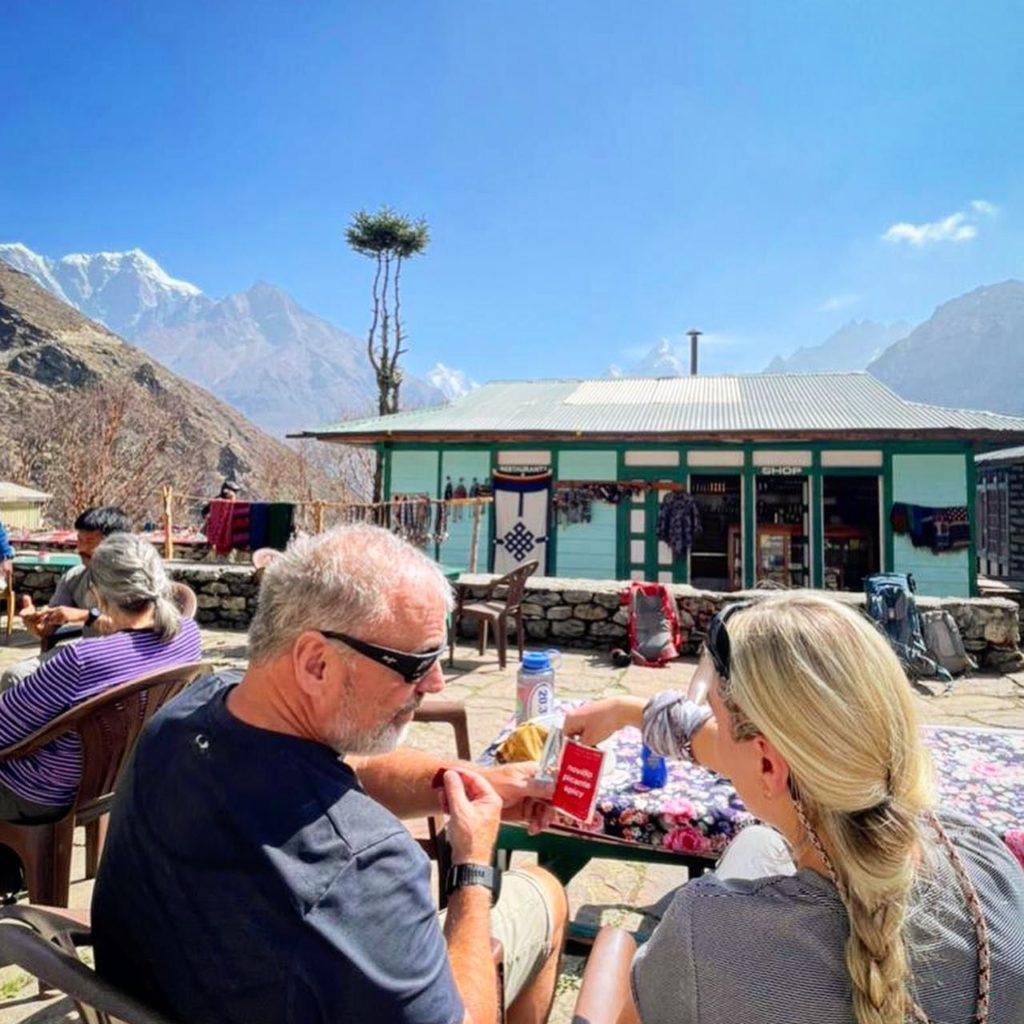
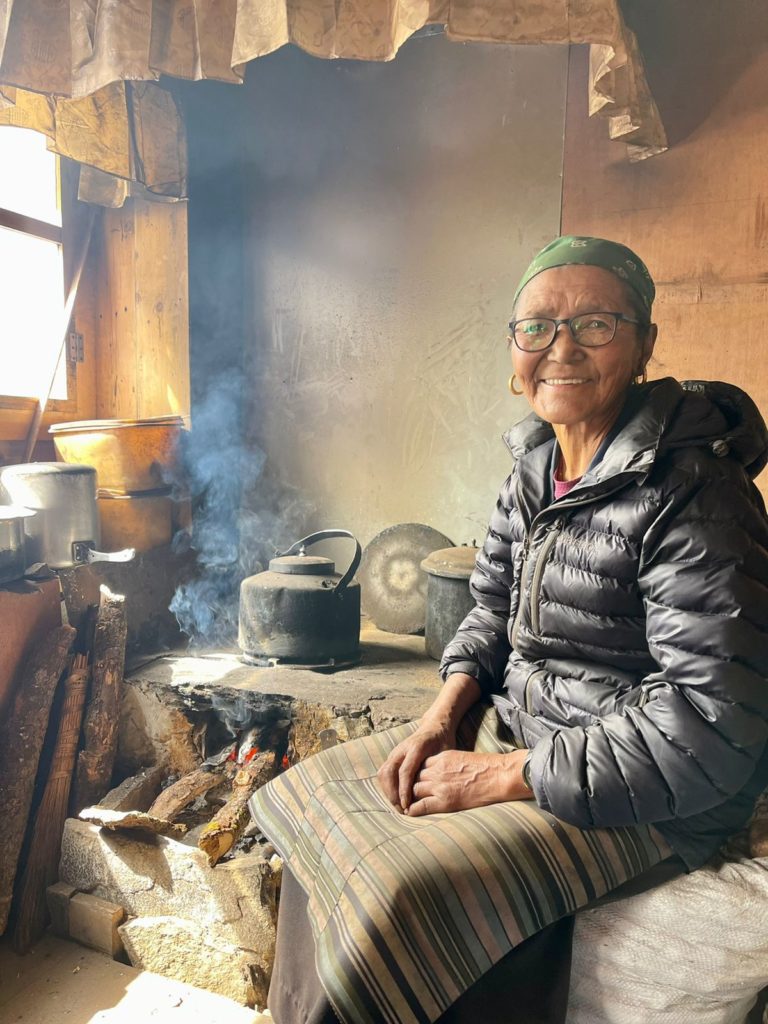
... CTSS Everest Teams in Khumbu Valley
All of our 2022 Everest teams are working their way up the beautiful Khumbu Valley.
Wester Guided Team Hiked to Pheriche after up 2 days in Tengboche enjoying amazing views of Everest and much of the Khumbu Valley. Along the way the team stopped in Pangboche for a Puja ceremony. The team is now resting in Pheriche before continuing on tomorrow.
CTSS Private Teams Moved up to Tengboche yesterday where they also received a Puja ceremony. They'll rest a day in Tengboche before heading to Pheriche
Our big 3rd wave Team Including our EBC Trekkers, 3 Peaks team, Sherpa guided climbers, Lhotse team, and Everest C2/C3 climbers made it to Namche yesterday, moving quickly and as a strong team. Today they'll rest in Namche before moving on tomorrow.
Cheers,
CTSS Team
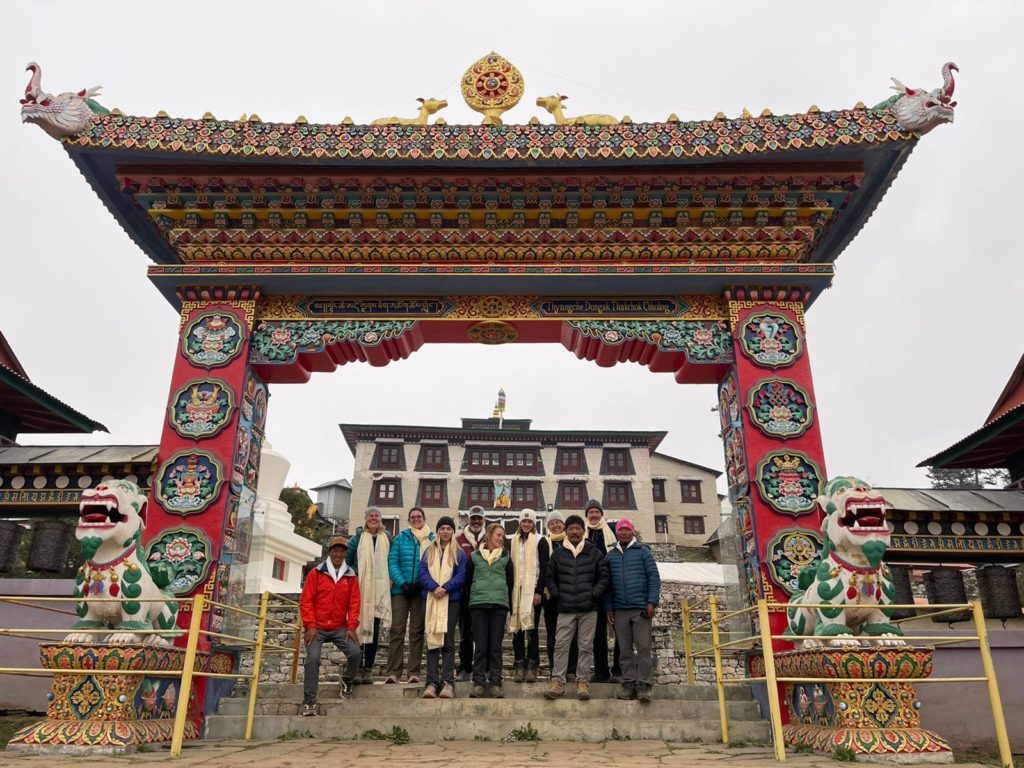
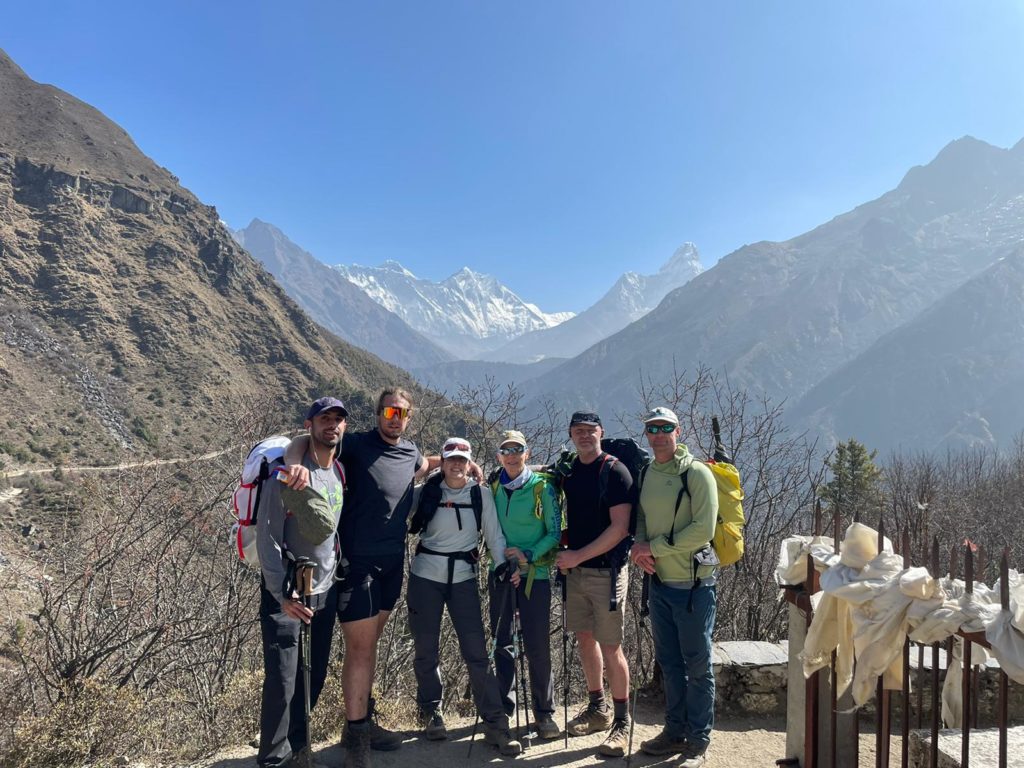
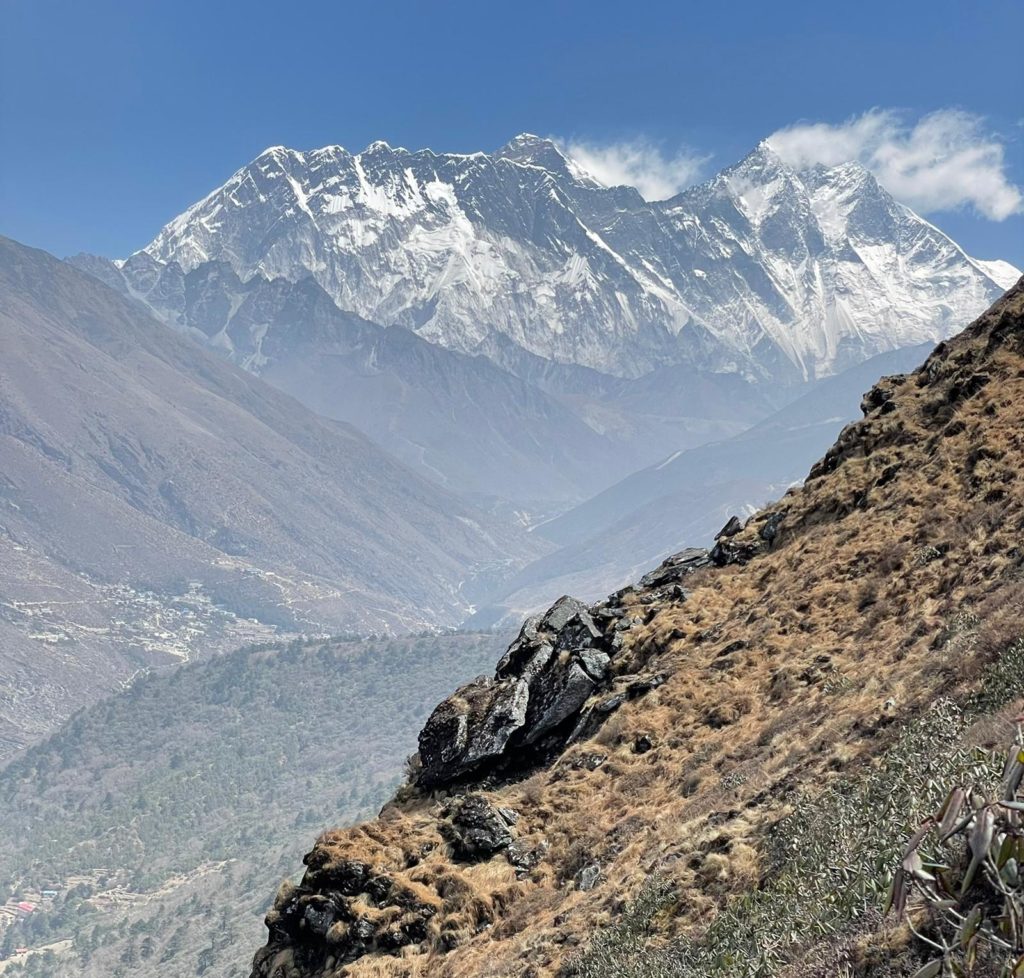

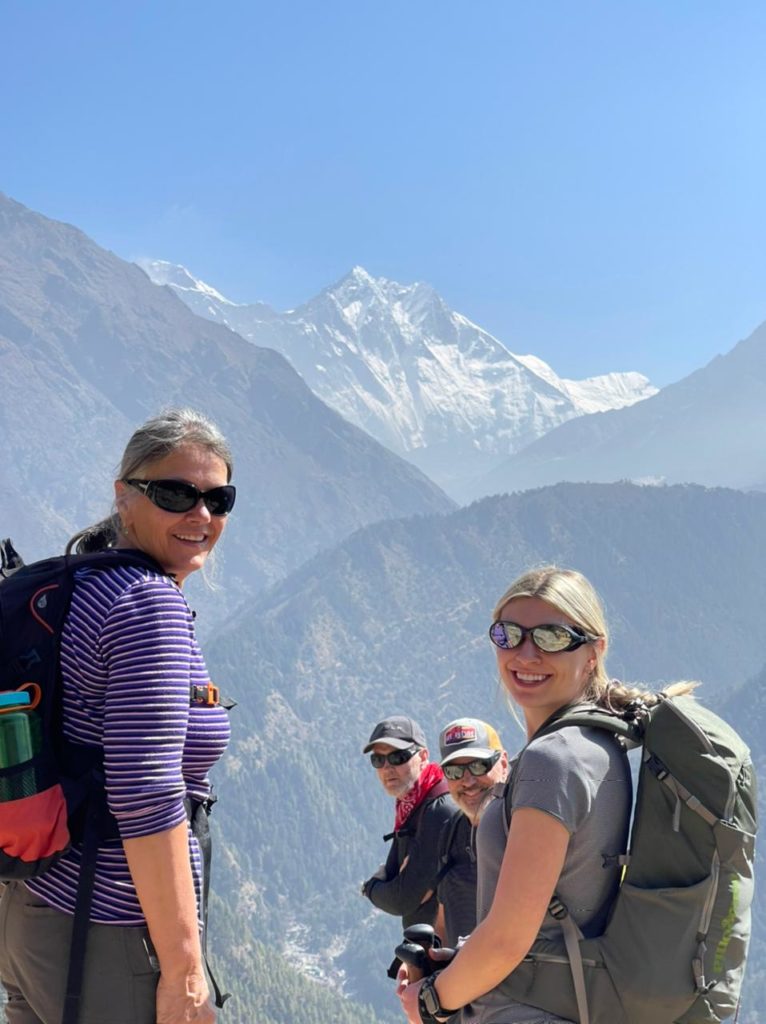
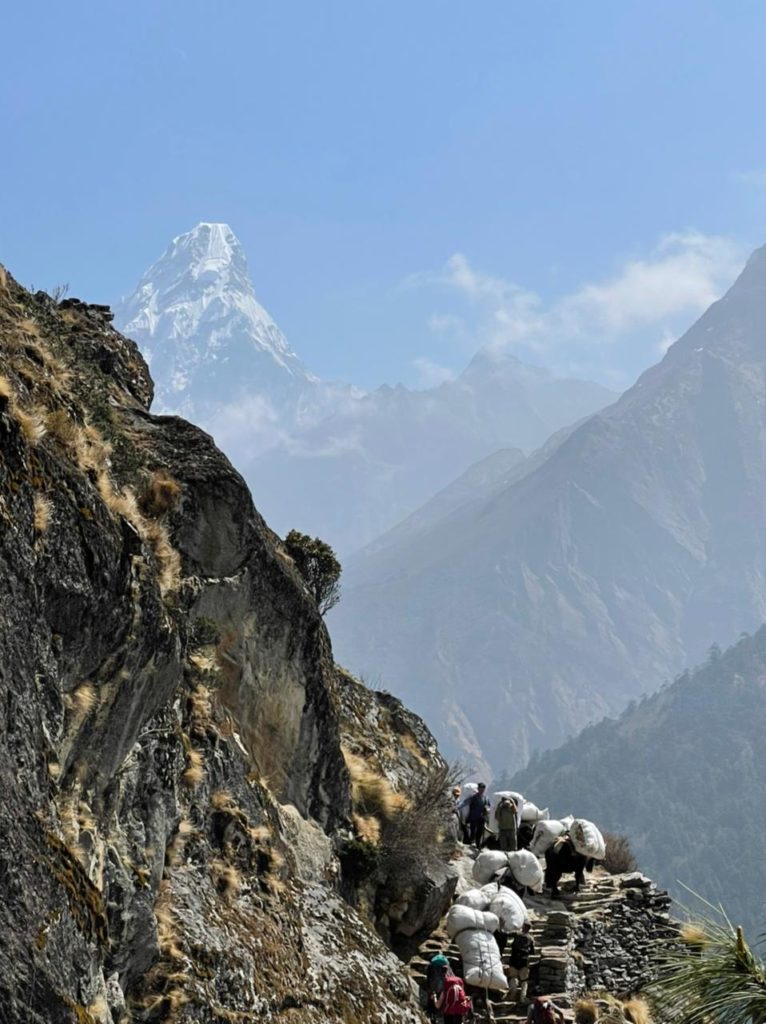
...Everest Teams on the Move...
After a busy few days in Kathmandu our Everest teams are out on the trail and working their way up the Khumbu Valley!
CTSS Guide Casey Grom and our Western Guided Team is trekking to Tengboche today with Guide Tomas Ceppi and his private climb team close behind in Namche.
The last wave of CTSS climbers and Basecamp trekkers are flying into Lukla today (weather permitting) to start their trek up the valley.
This is one of the most exciting times of any expedition. Logistics are set, shopping is done, you cut your tether to the city and head out on the trail. After the inevitable rush getting everything done in KTM climbers and trekkers can finally start settling into the rhythm of trekking into basecamp.
Best of luck to all our teams as they start the adventure of a lifetime!
Cheers,
CTSS Team
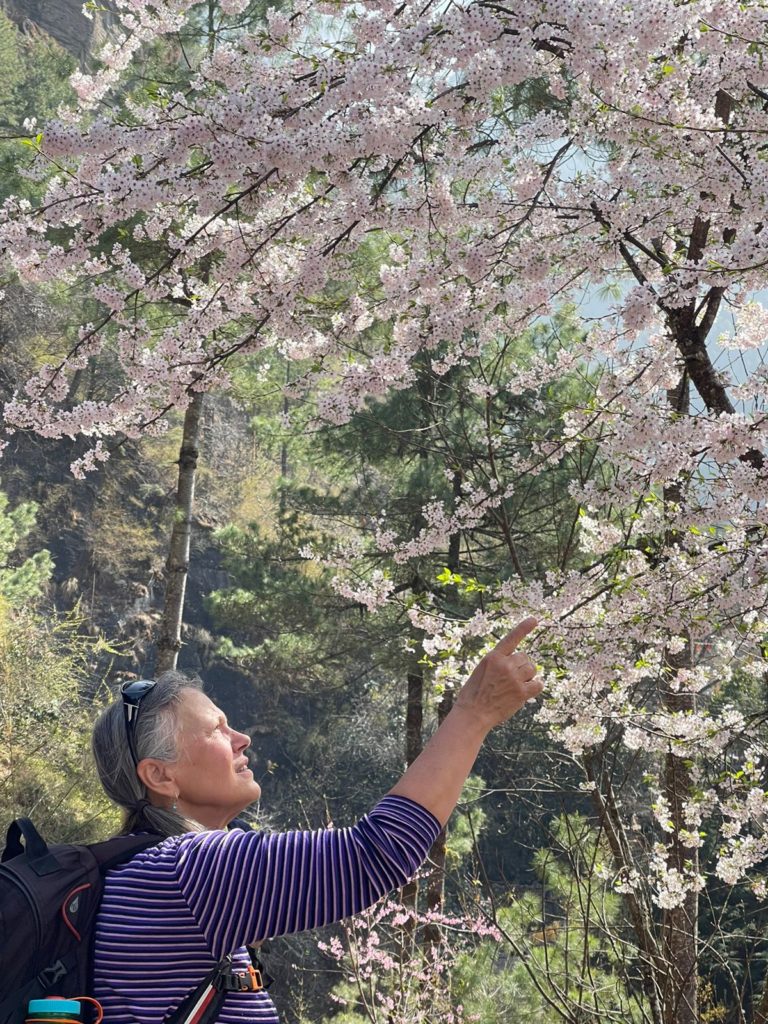

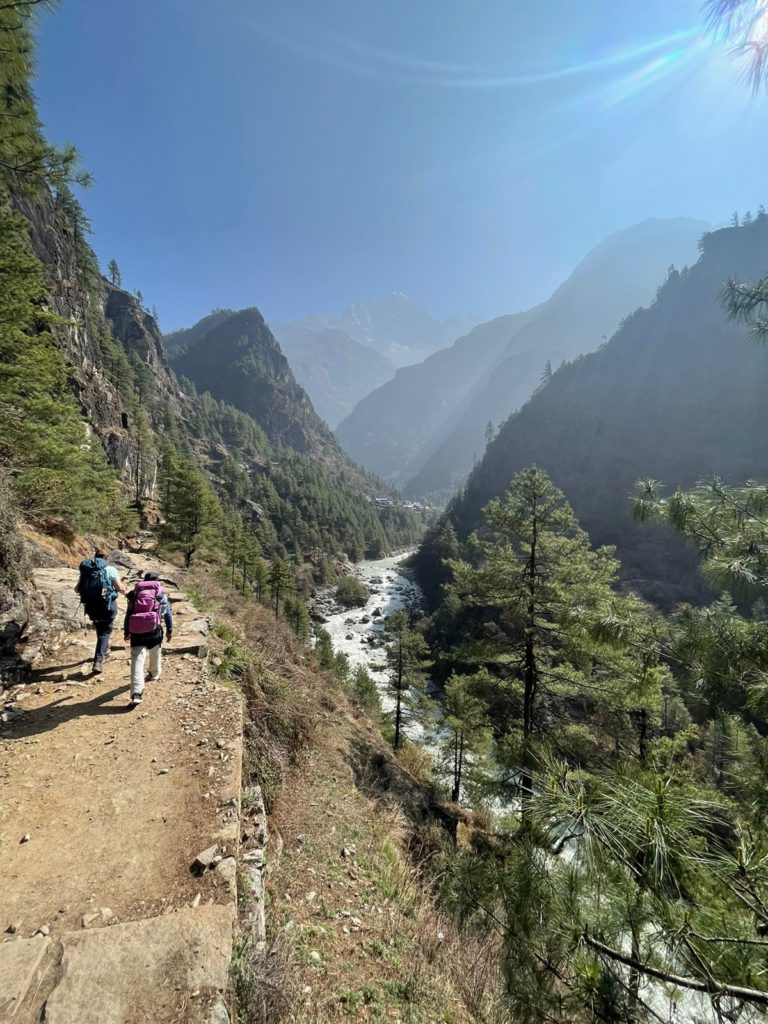
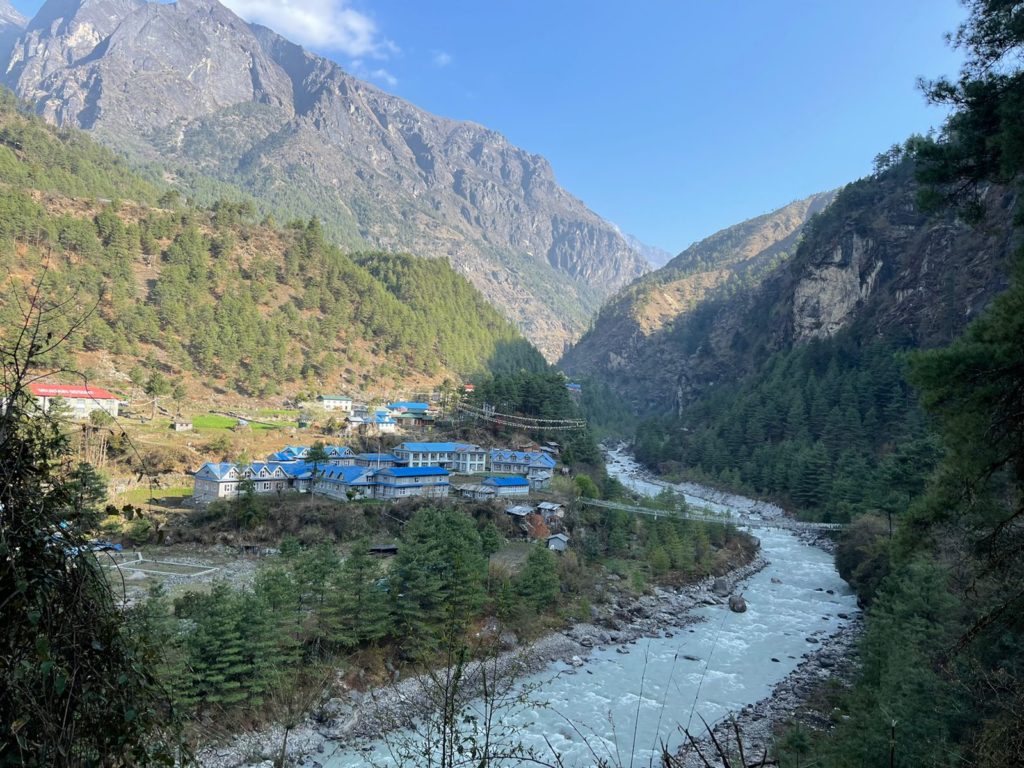
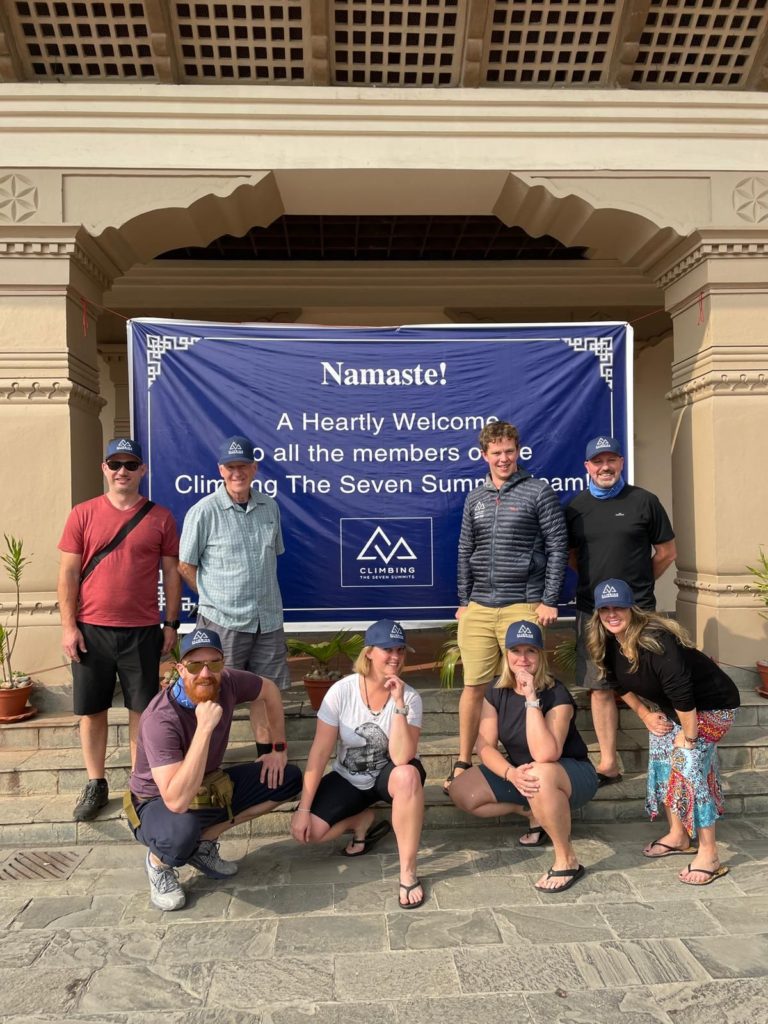
Up to Namche... Into Lukla...Rolling into KTM.. Everest 2022 News
CTSS's 3x main Himalayan climbing/trekking teams have launched.
Our Western Guided Team, headed up by 5x Everest summiteer & CTSS Guide Casey Grom, have reached Namche. After tackling the Namche Hill suffer-fest they'll enjoy an easier day tomorrow with a scheduled acclimatization/rest day where they'll do a light hike to a nearby monastery. Today they crossed one of the most spectacular suspension bridges in the world!
Meanwhile our Private Guided 1:1 climbers (both Private Western Guided climbers and Private IFMGA -internationally certified - Guided climbers are hot on their heels arriving into Phakding for their first night on the trail. Things looked a bit challenging with heavy fog this morning in Lukla socking in the airport, so the team decided to forgo their fixed wing flight in favour of a helicopter arrival. It was a great move and they are on schedule.
Finally our final wave of climbers (Everest/Lhotse/3 Peaks) and our EBC trekkers arrived in Kathmandu today, they've got a full day of gear checks/briefings tomorrow and then will fly into the valley on the 5th of April with Mike Hamill.
It's one of our favourite (& busy!) times of year as the teams head out. It's the culmination of a lifetime of dreaming, over a year worth of training and logistical planning, and here we are - out of the gates and moving uphill.
Cheers
CTSS Team
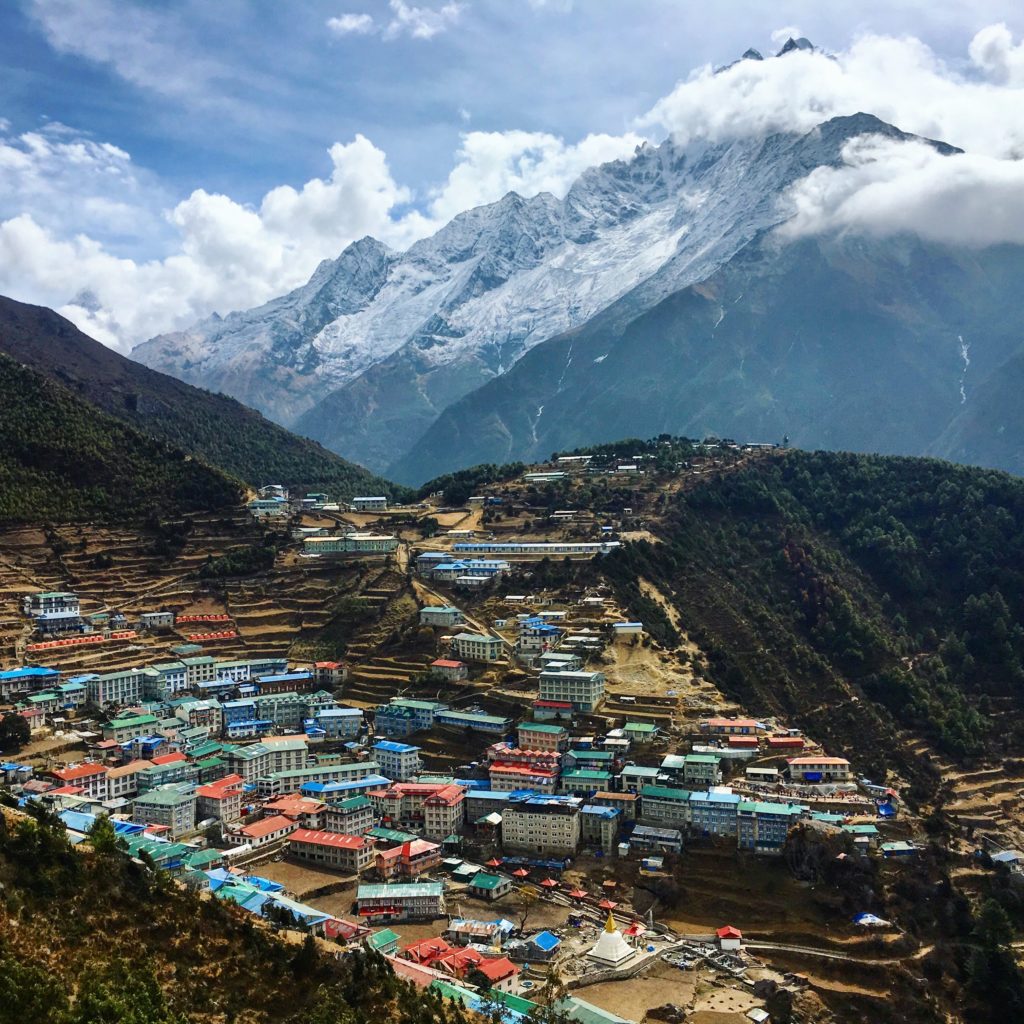
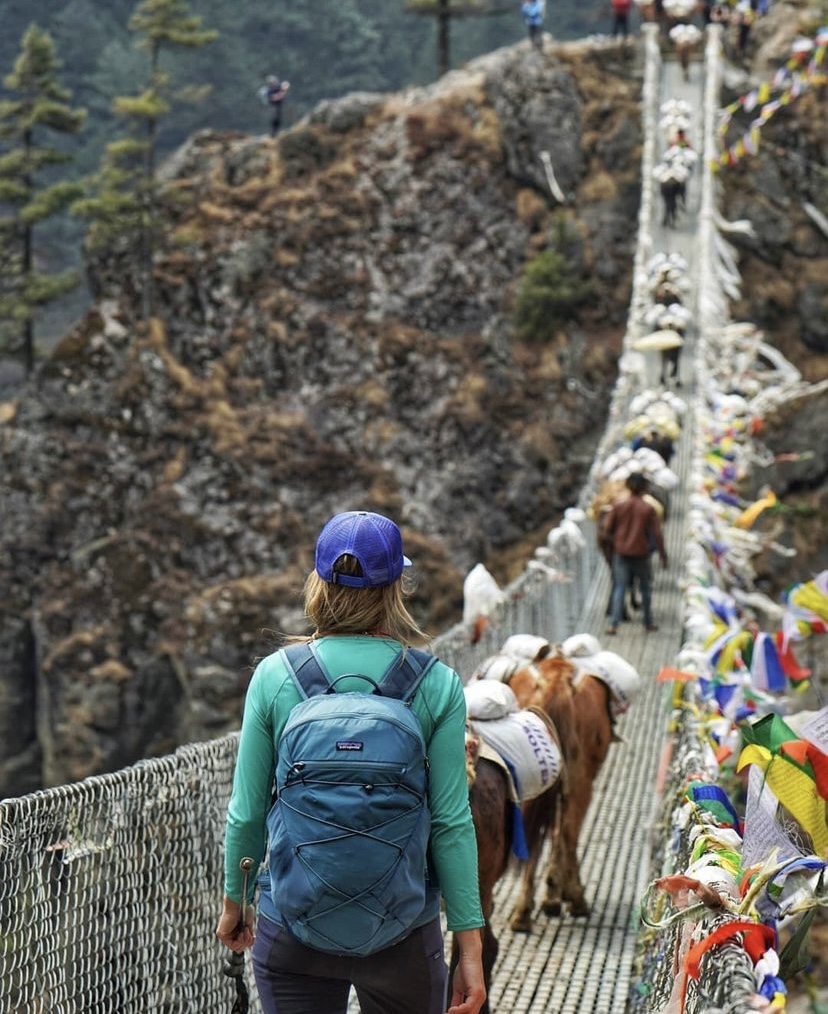

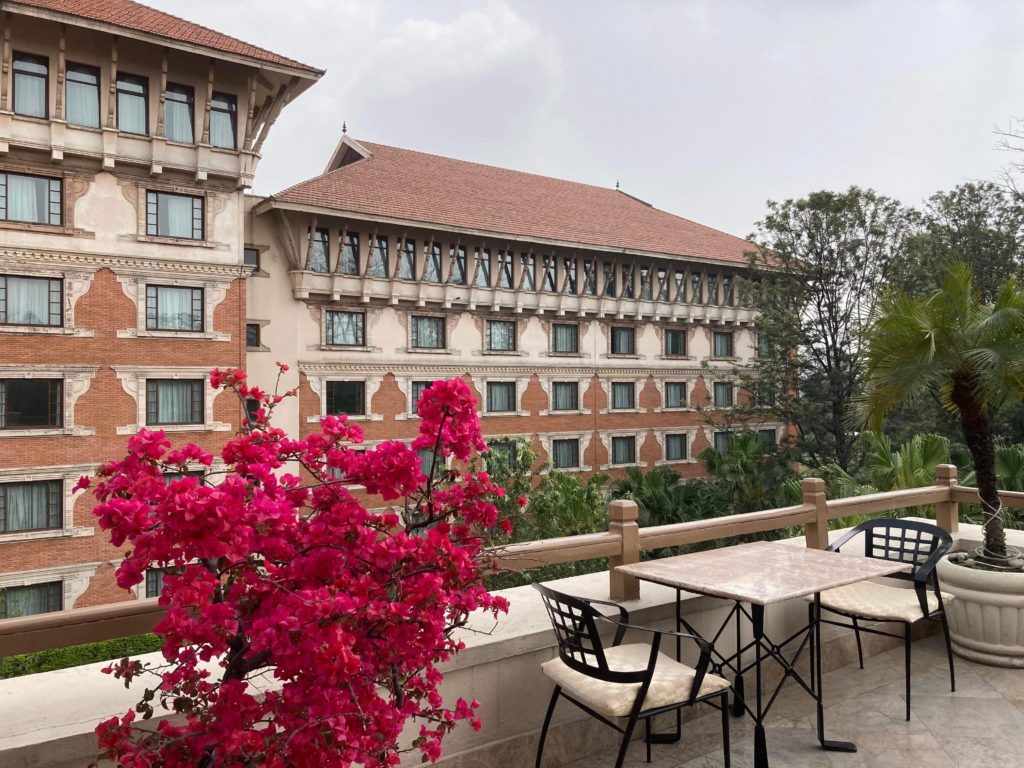
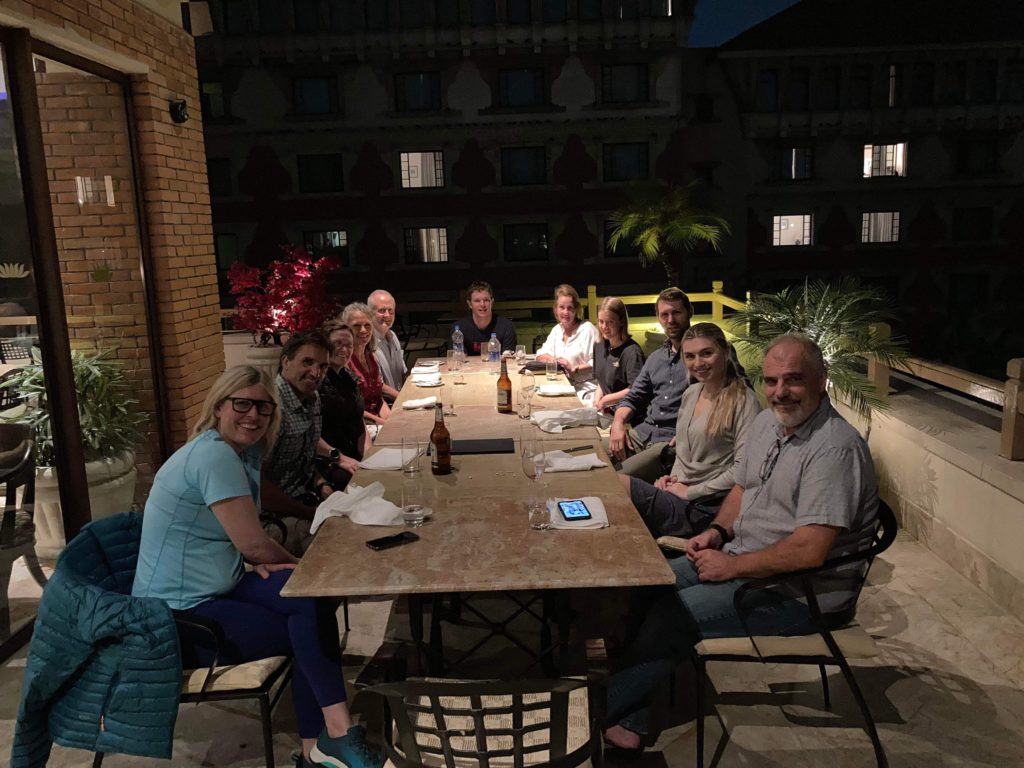
Everest 2022 Underway
It's that time of year again! The Mountains of the Himalaya have been calling and we're delighted to answer the call. CTSS has teammates from all corners of the world flocking to Kathmandu to begin their journey up the Khumbu to Everest and the other peaks in the Himalaya.
This year we have climbers heading to Everest, Lhotse, Lobuche, Pokalde, Island Peak and trekkers heading up to Base Camp and over to Gokyo Lakes.
Their schedules are slightly staggered, with the Western Guided Everest Team Climbers taking off to Lukla early this morning and landing safely. They'll be on their way to Phakding where they will spend their first night on the Everest Base Camp trail. Tomorrow they'll have their first real 'stretch of the legs' up Namche Hill to Namche Bazaar. Casey Grom, seasoned Everest Guide and 5x summiteer is heading up that team.
Many of our Private Everest climbers and some EBC trekkers have also flown in today, they'll do their gear checks and briefings tomorrow before flying to Lukla early on the morning of the 3rd.
Finally we have our final wave of Everest climbers, 3 Peaks & Lobuche climbers and our trek team arriving on the 3rd and scheduled to head into the valley on the 5th April.
Kathmandu is all about shaking off the jetlag, making any last minute arrangements and just getting in the headspace of the expeditions ahead.
It was also a nice opportunity for Mike Hamill (owner of CTSS and Expedition Leader) who was invited to a special thank you dinner by the Vice President of the Nepal Mountain Guides Association to show their appreciation for CTSS' & Tiger of the Snows Fund (our not for profit arm) sponsorship of our recent medical and technical skills course and to thank us for hiring so many of their Guides.
We look forward to keeping you updated as the teams weave their way up the valley toward their goals.
Cheers
CTSS Team

